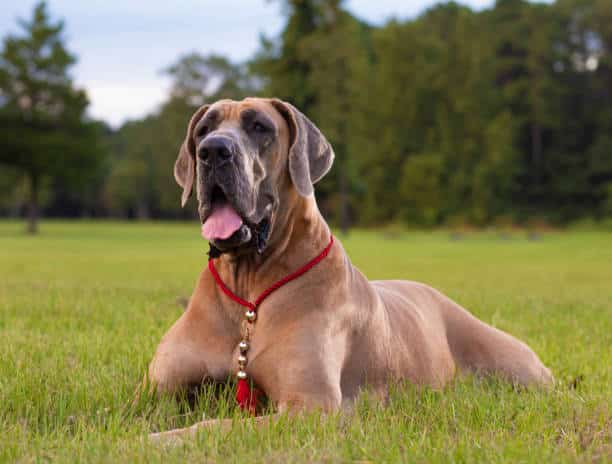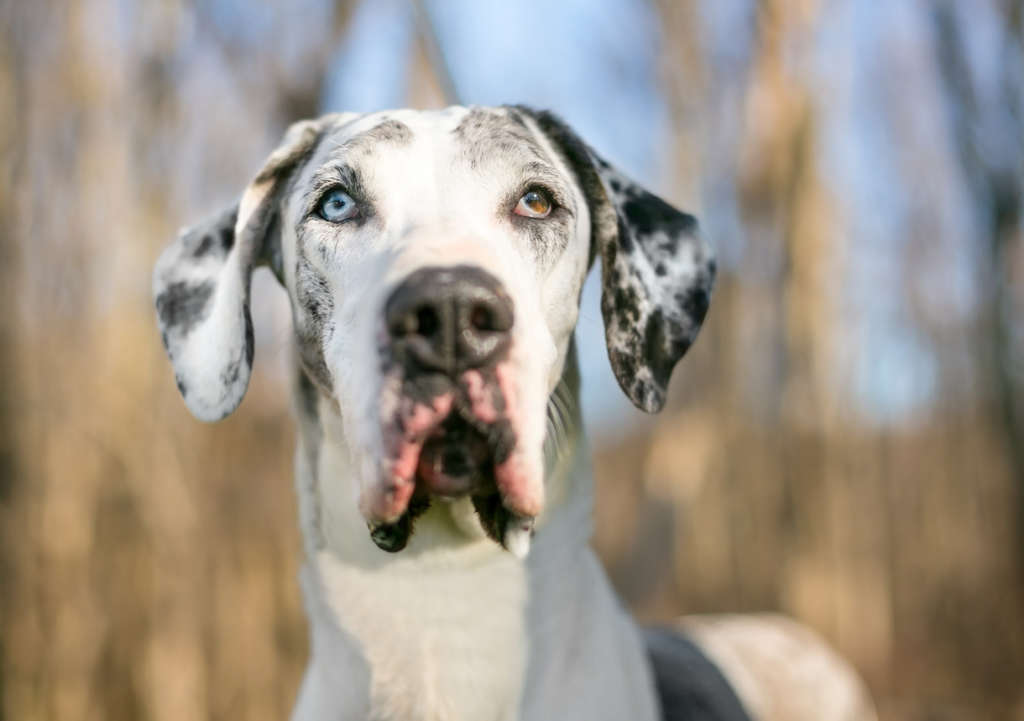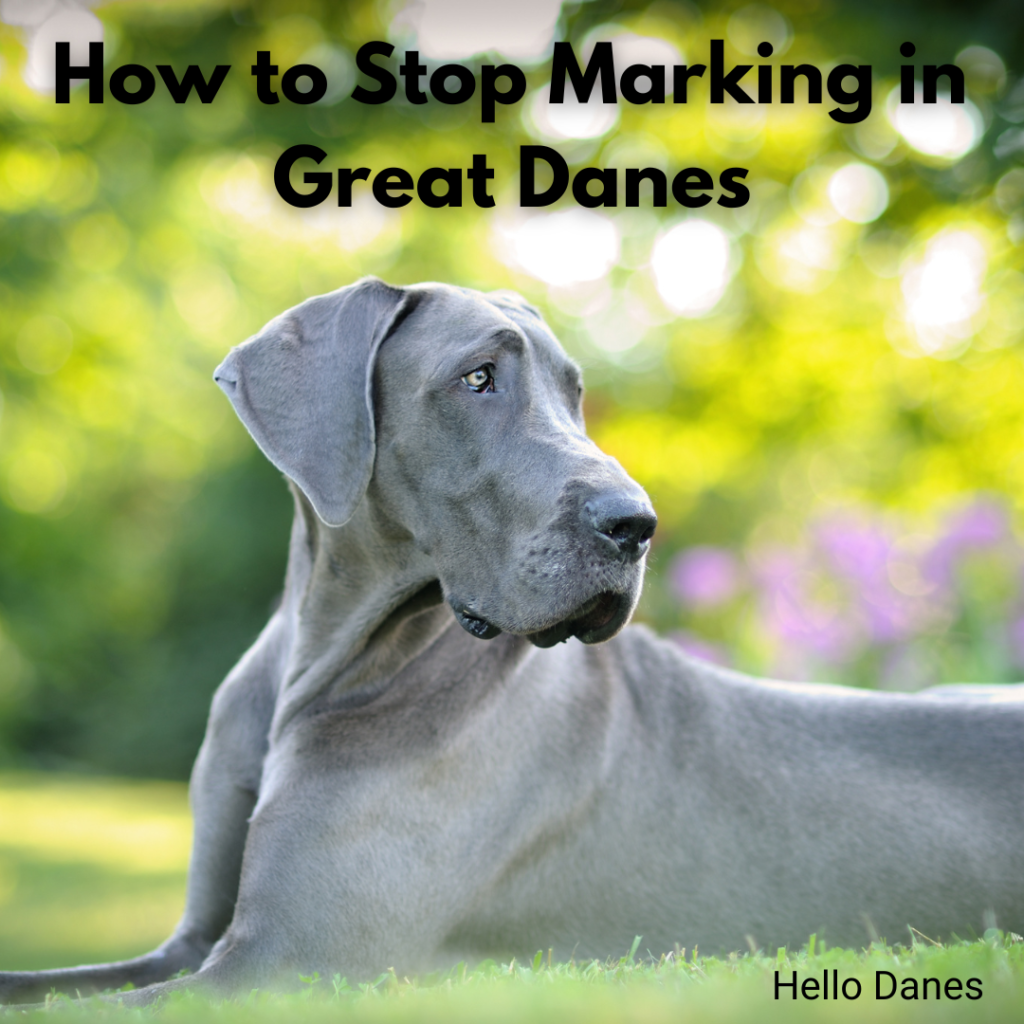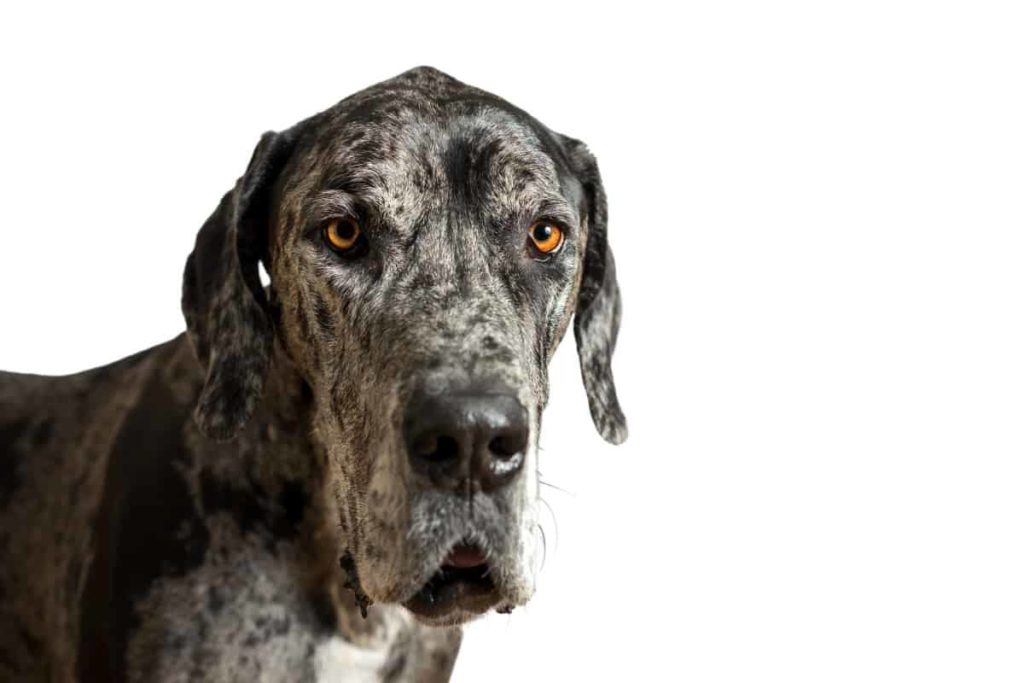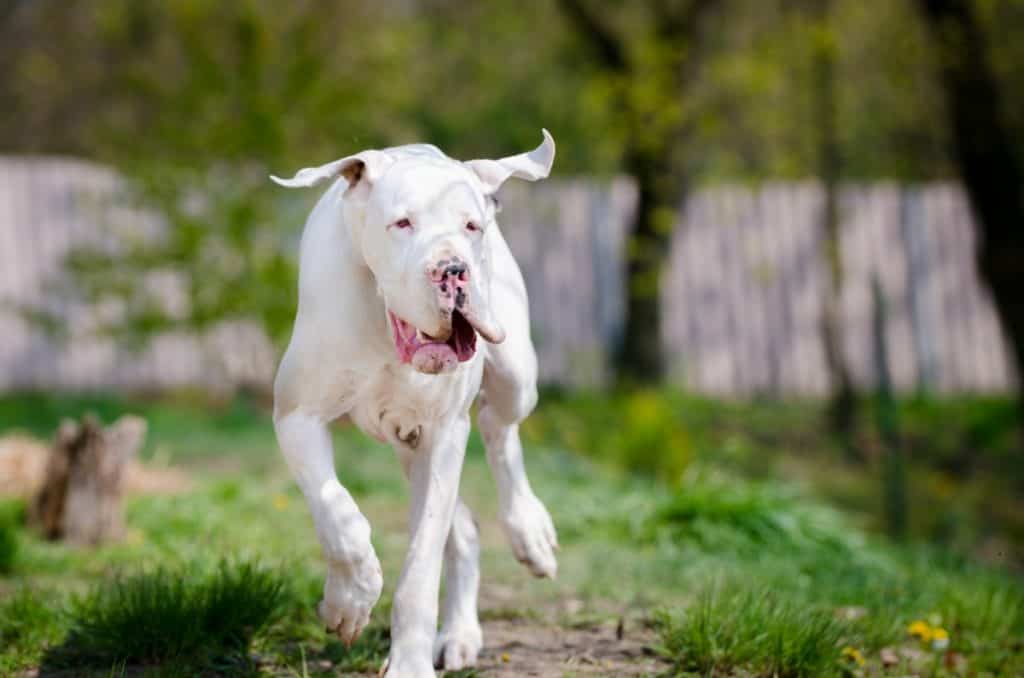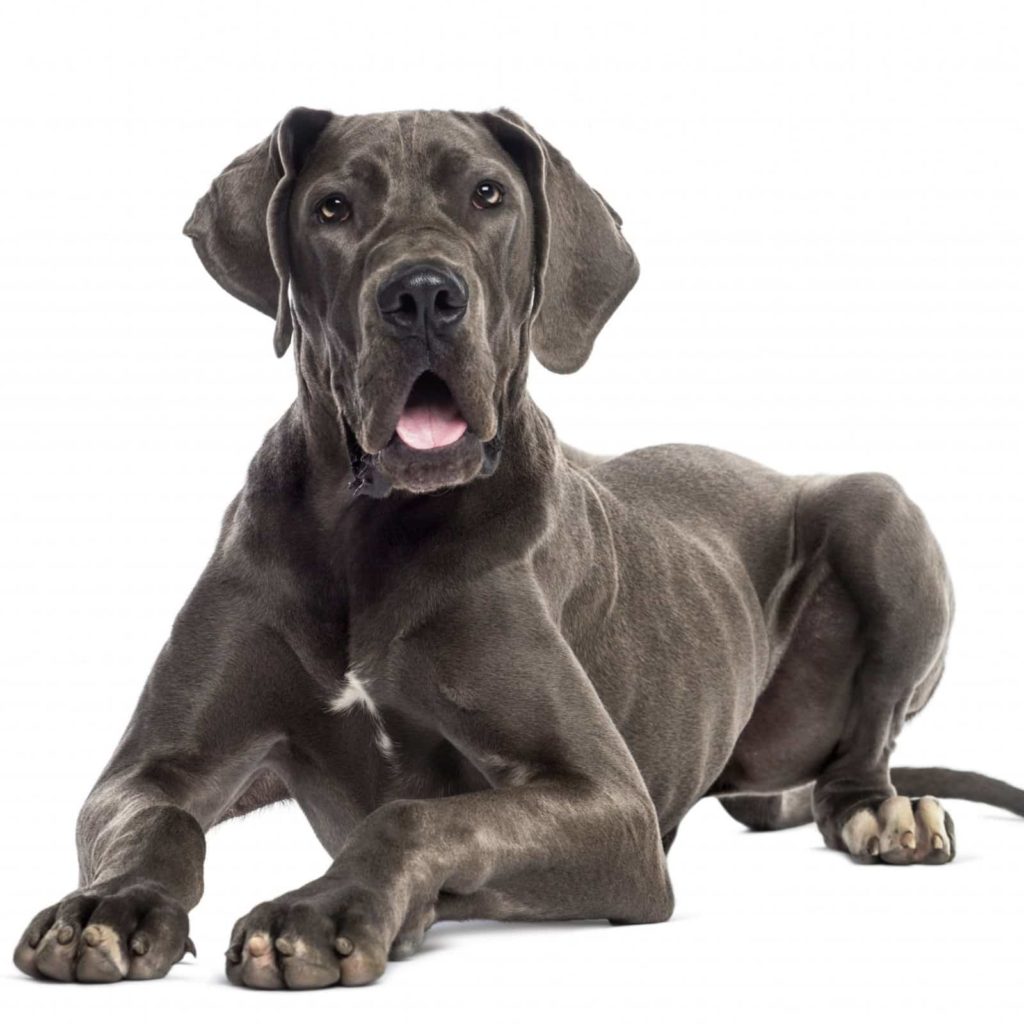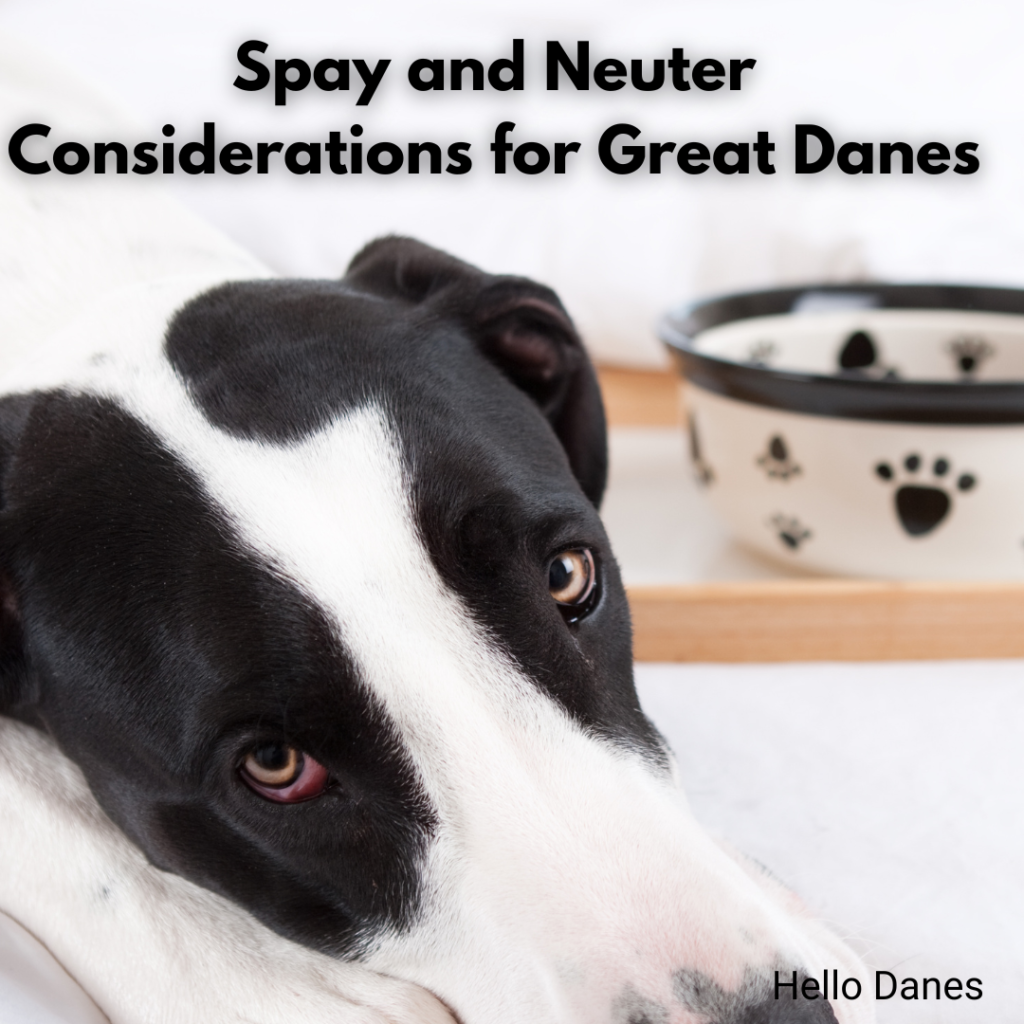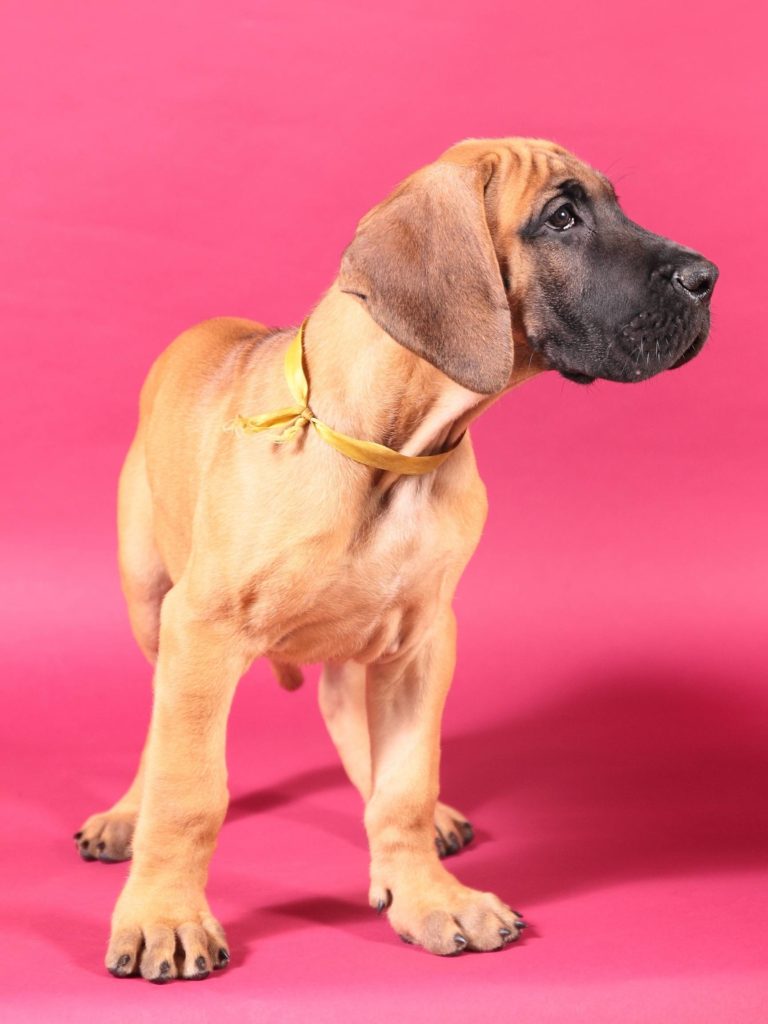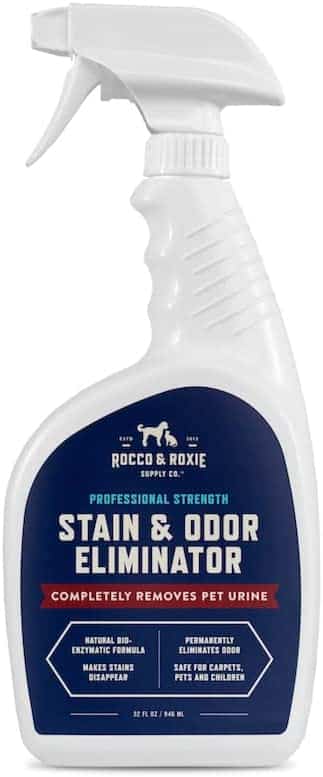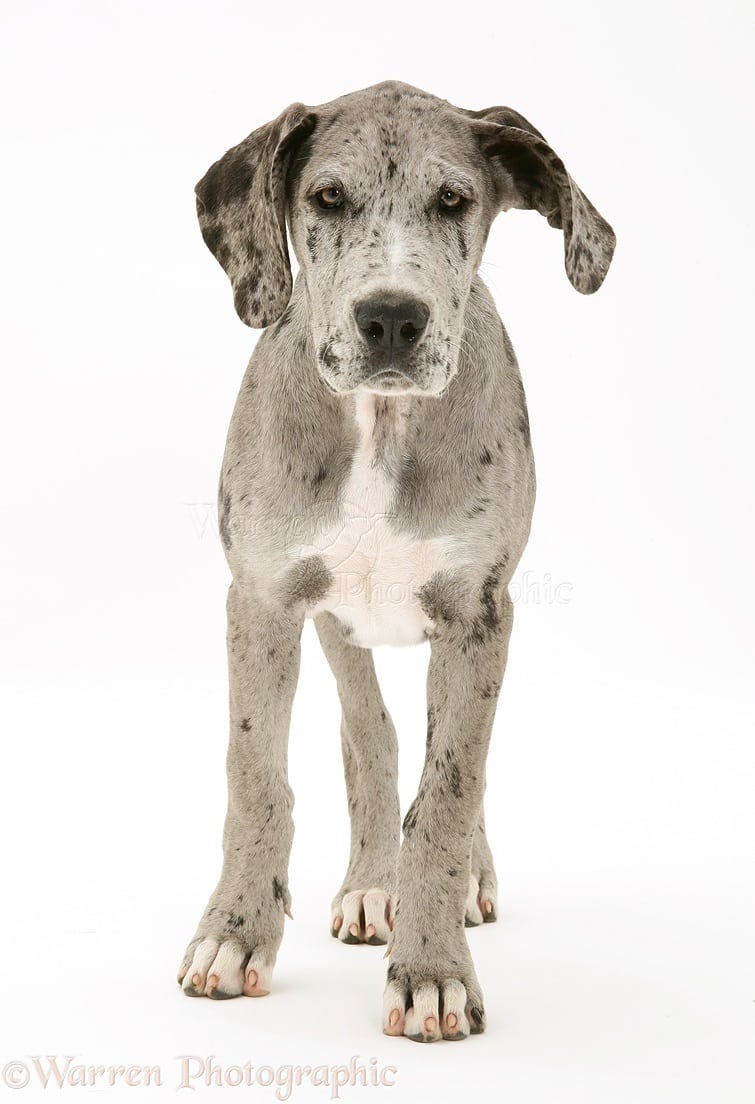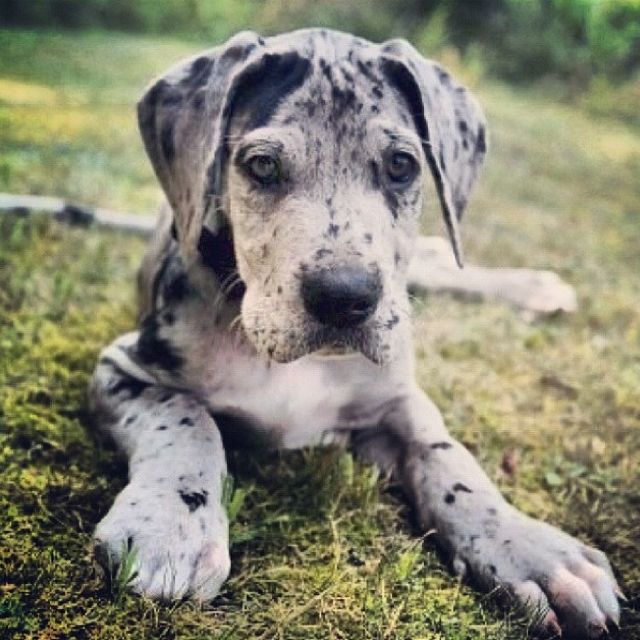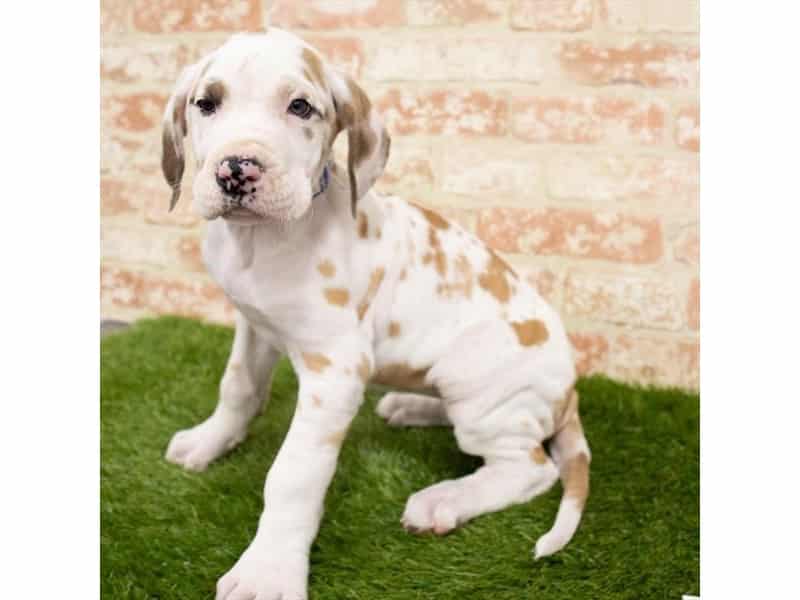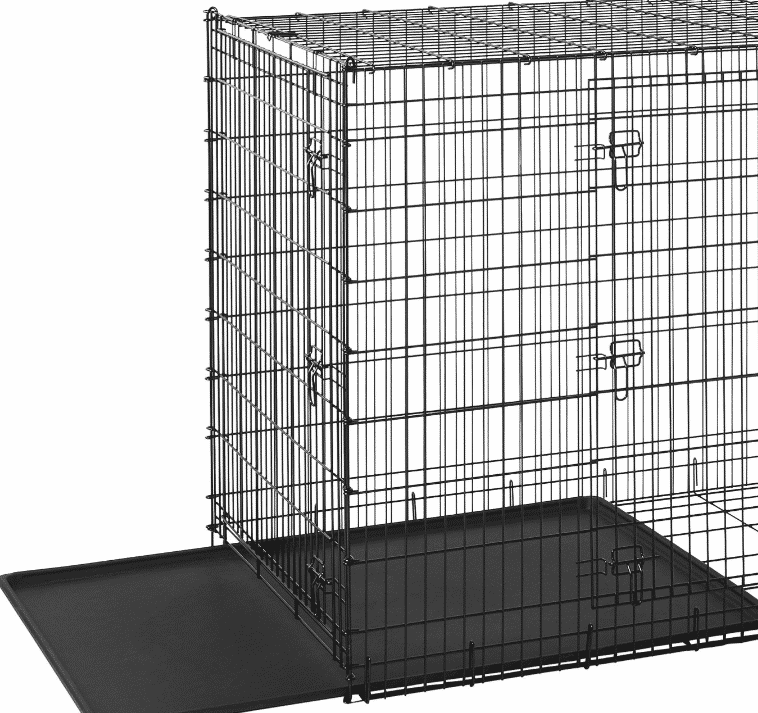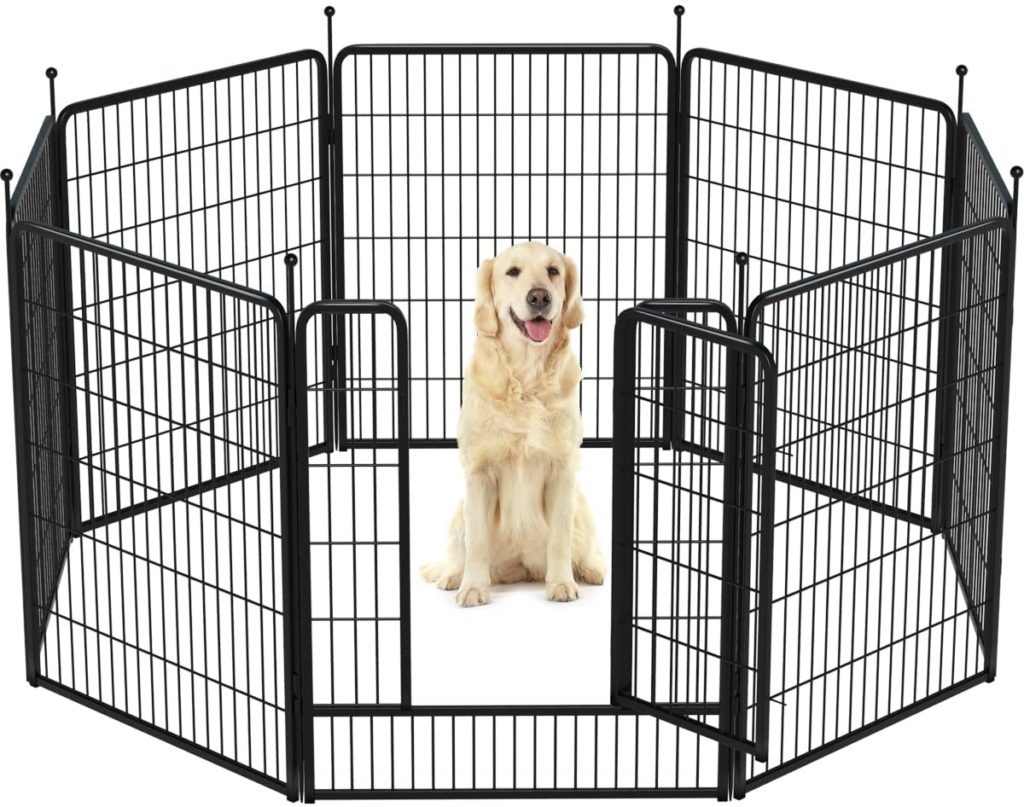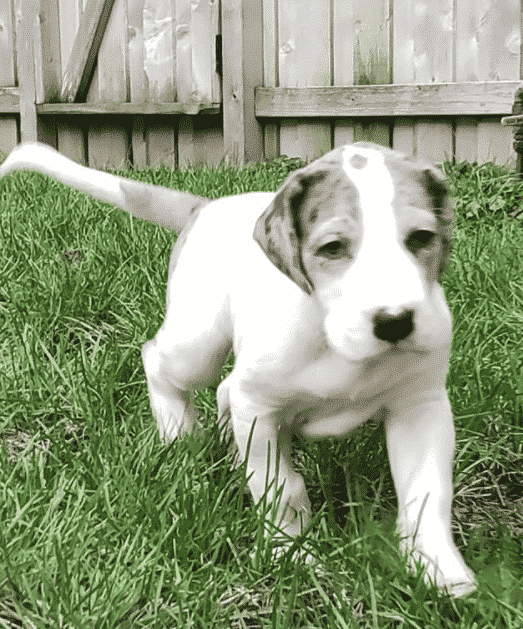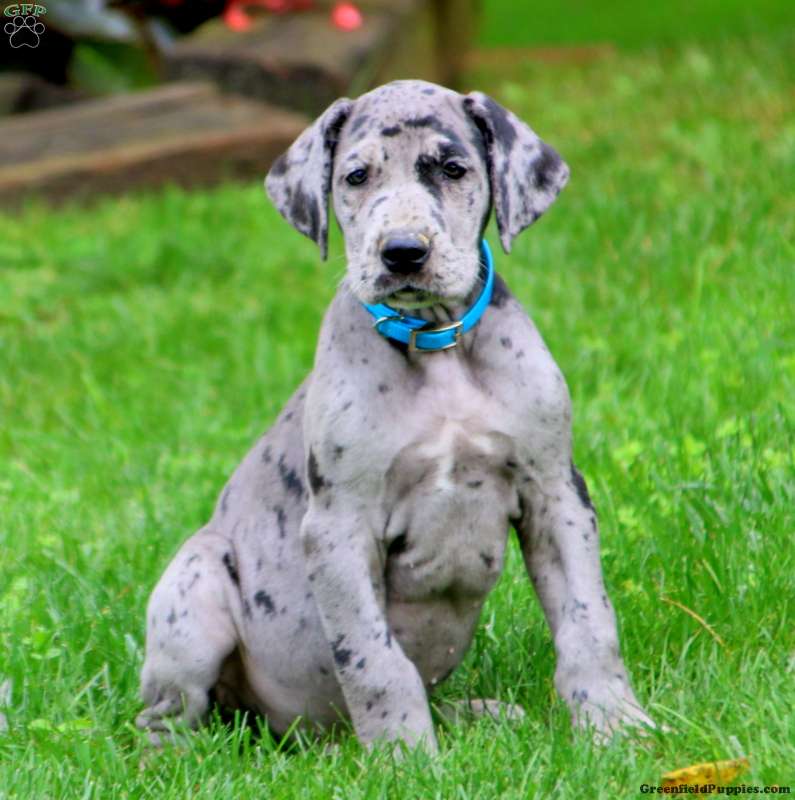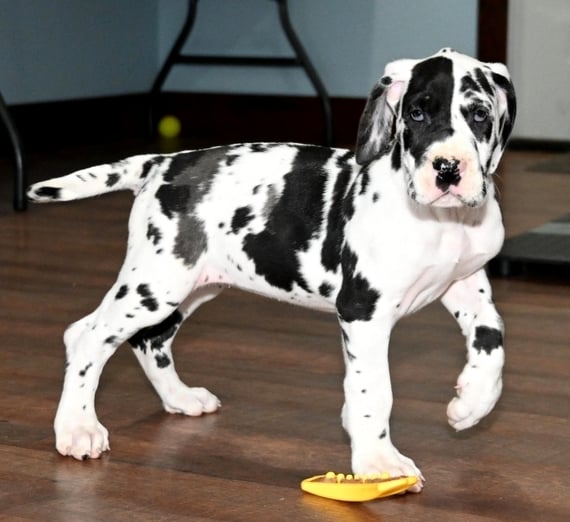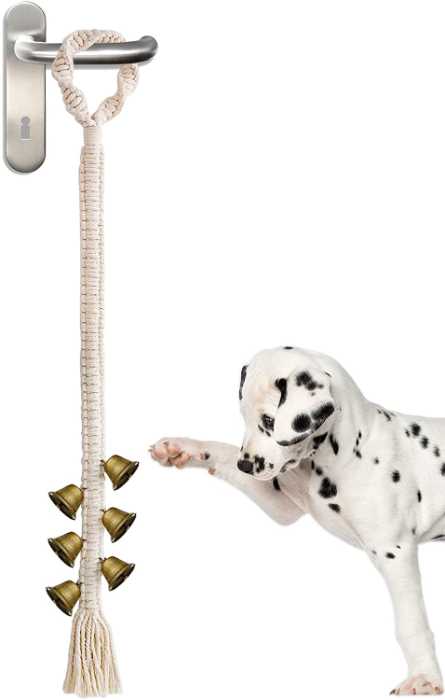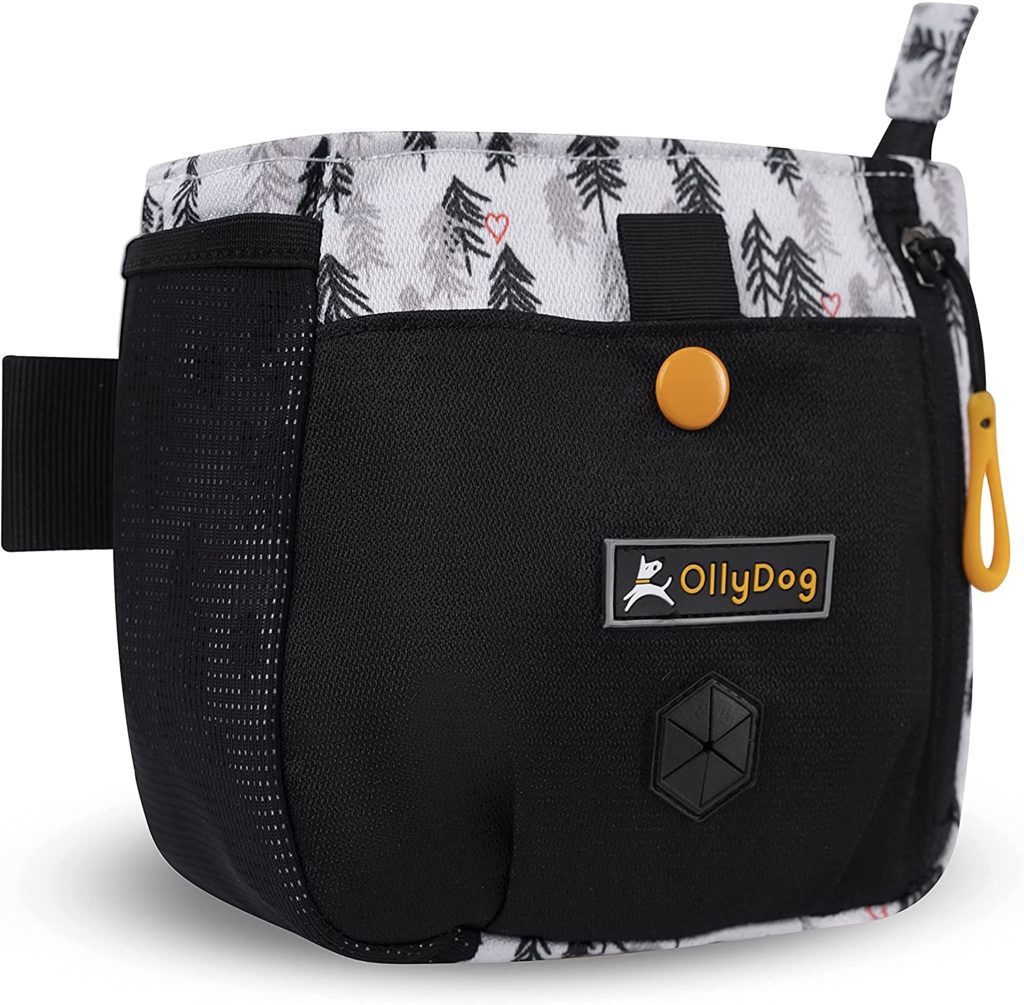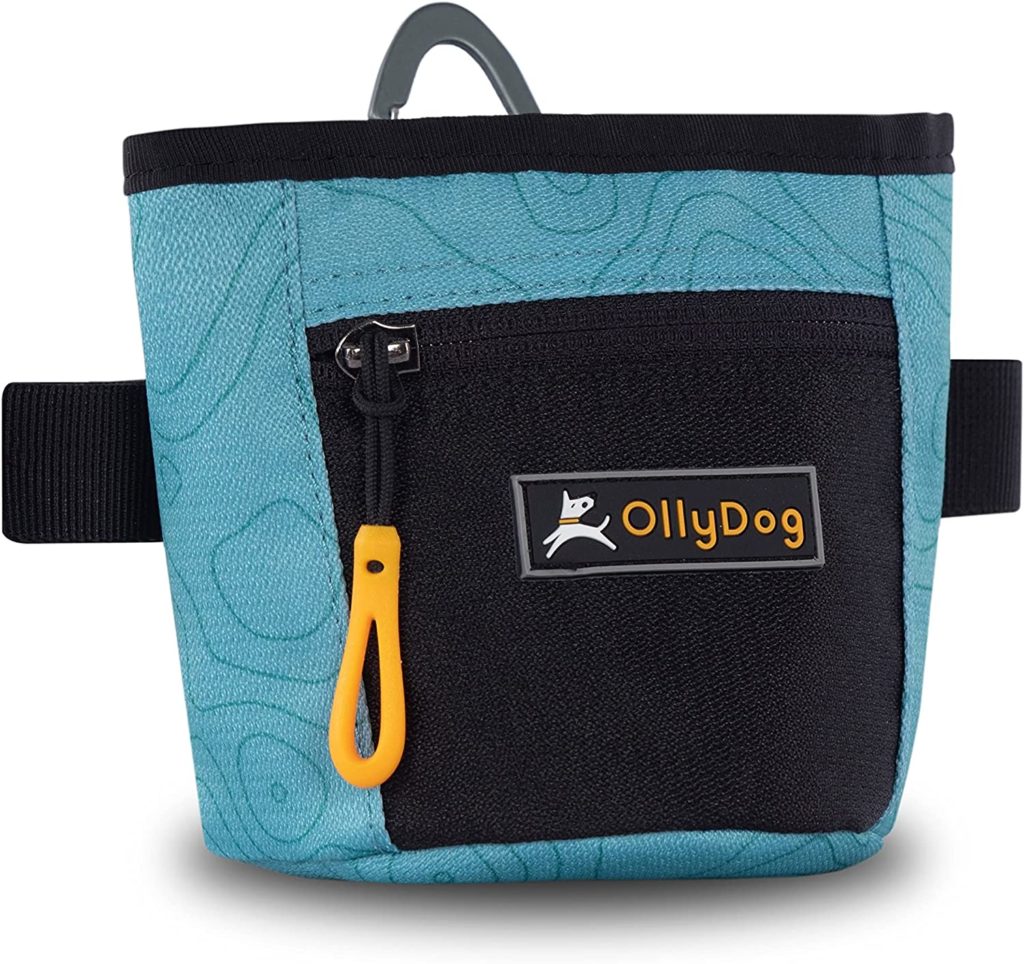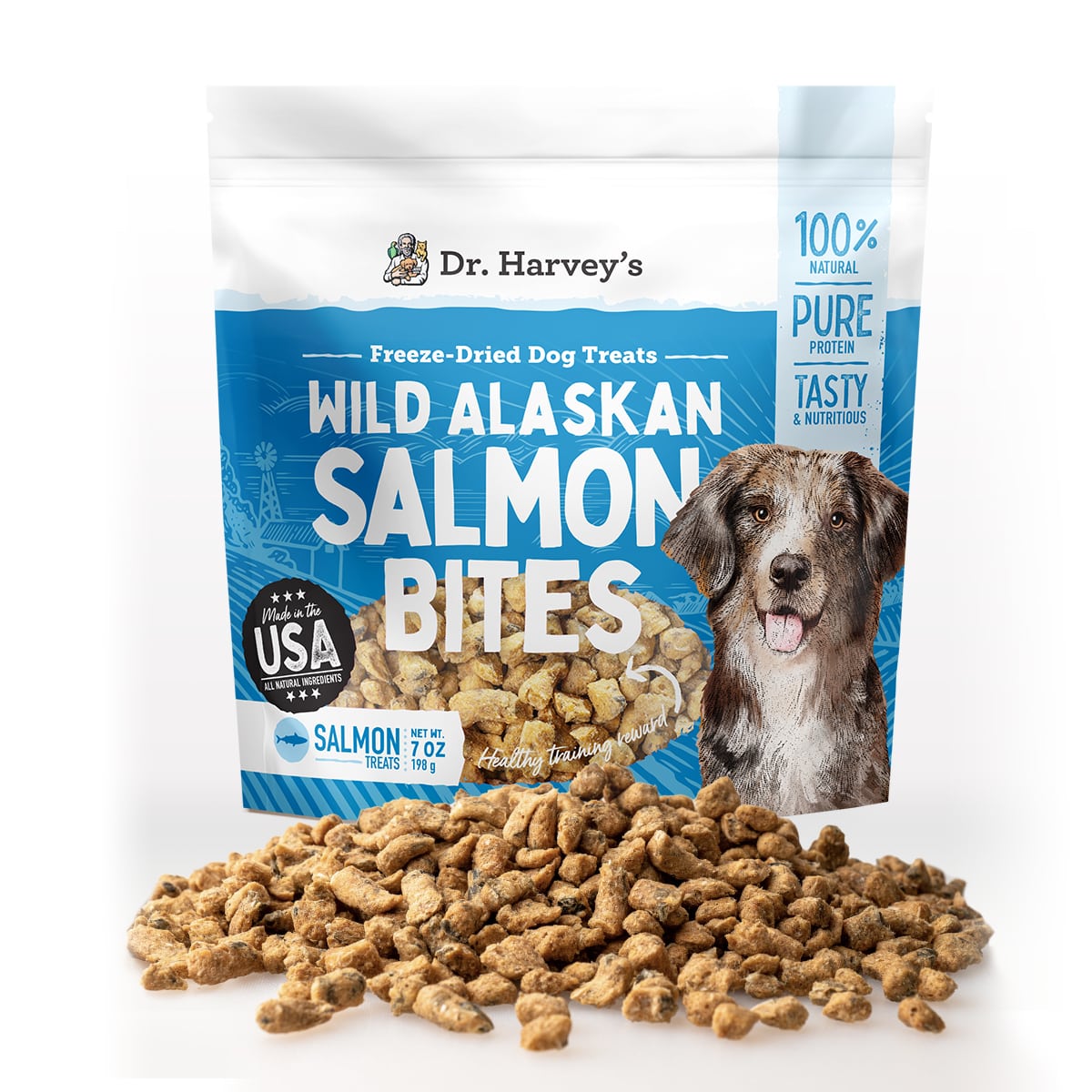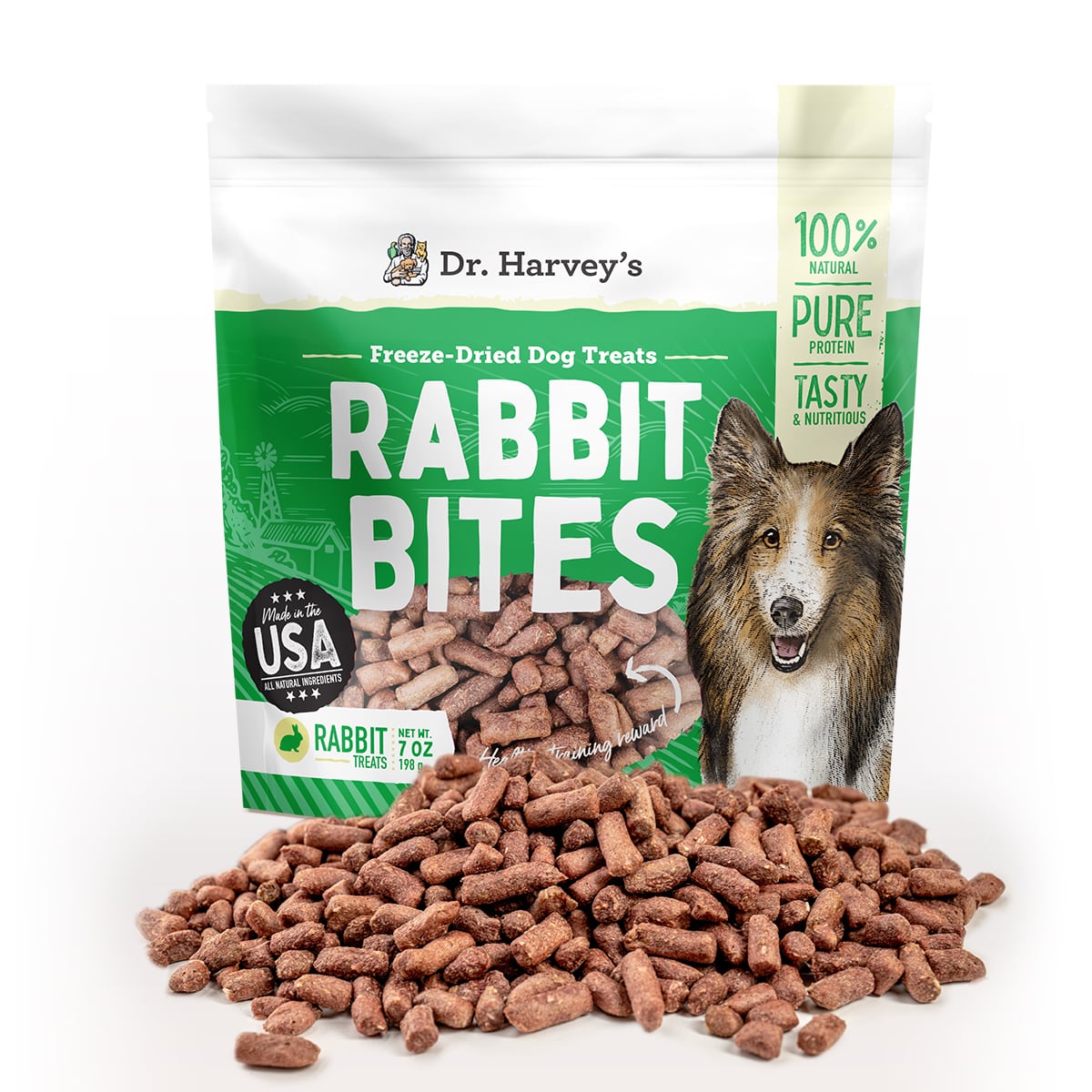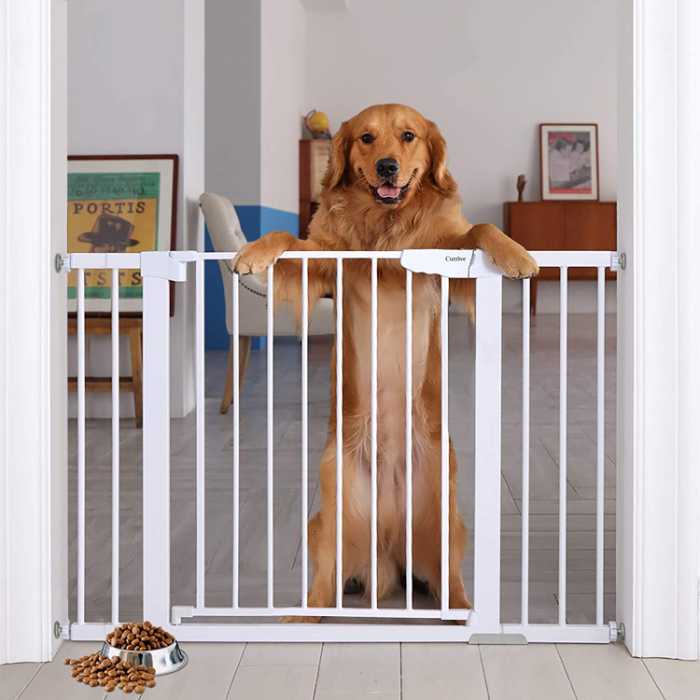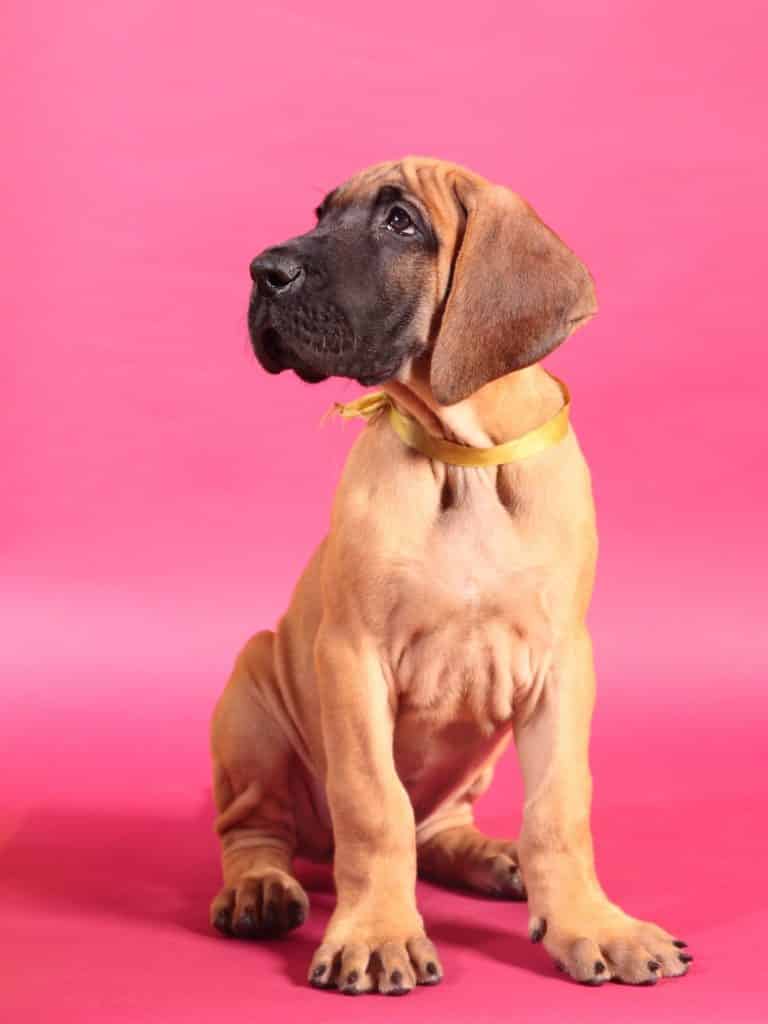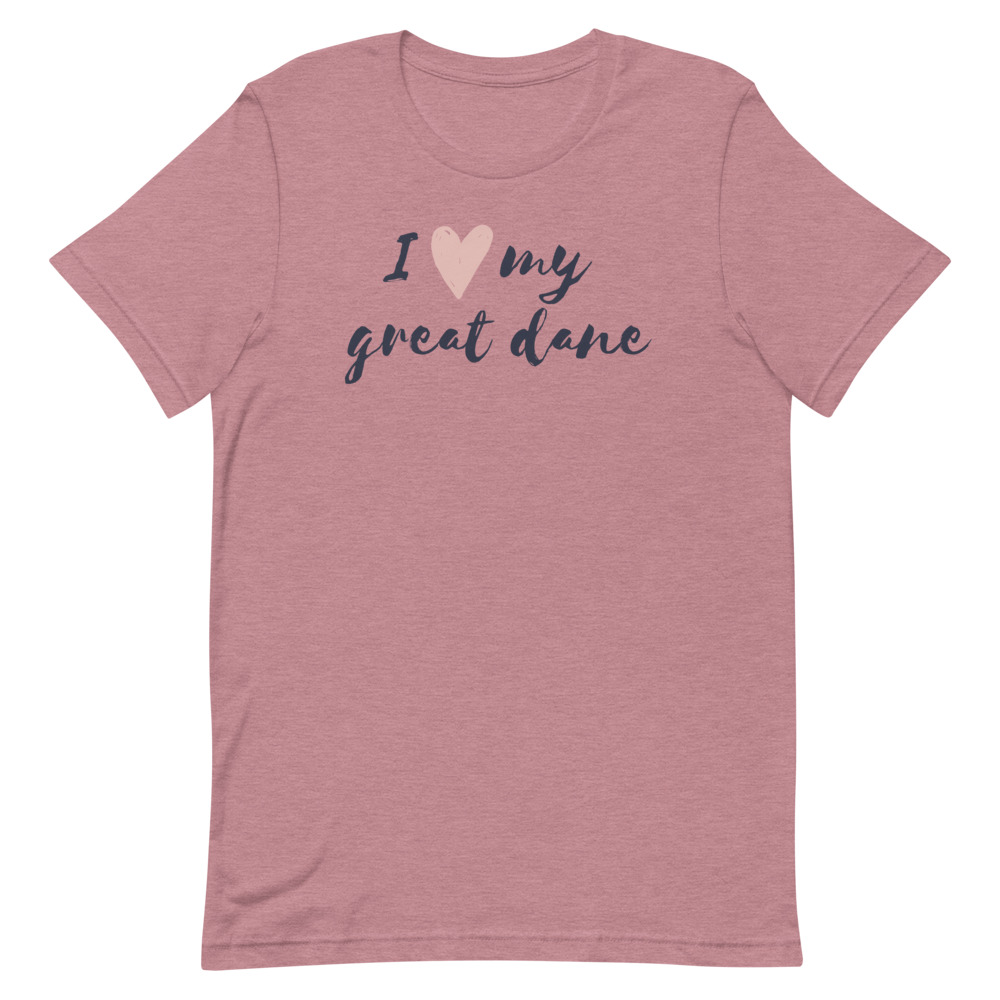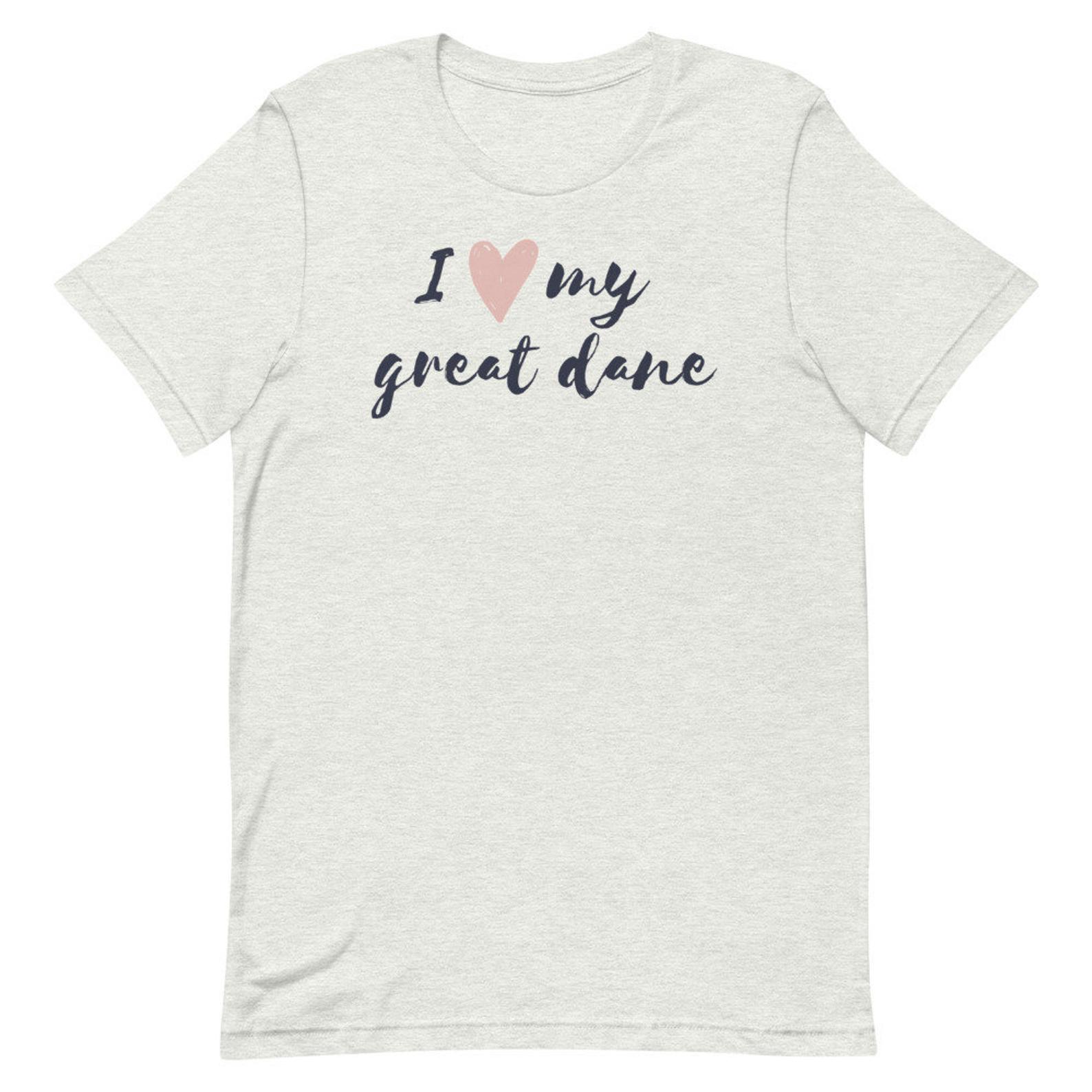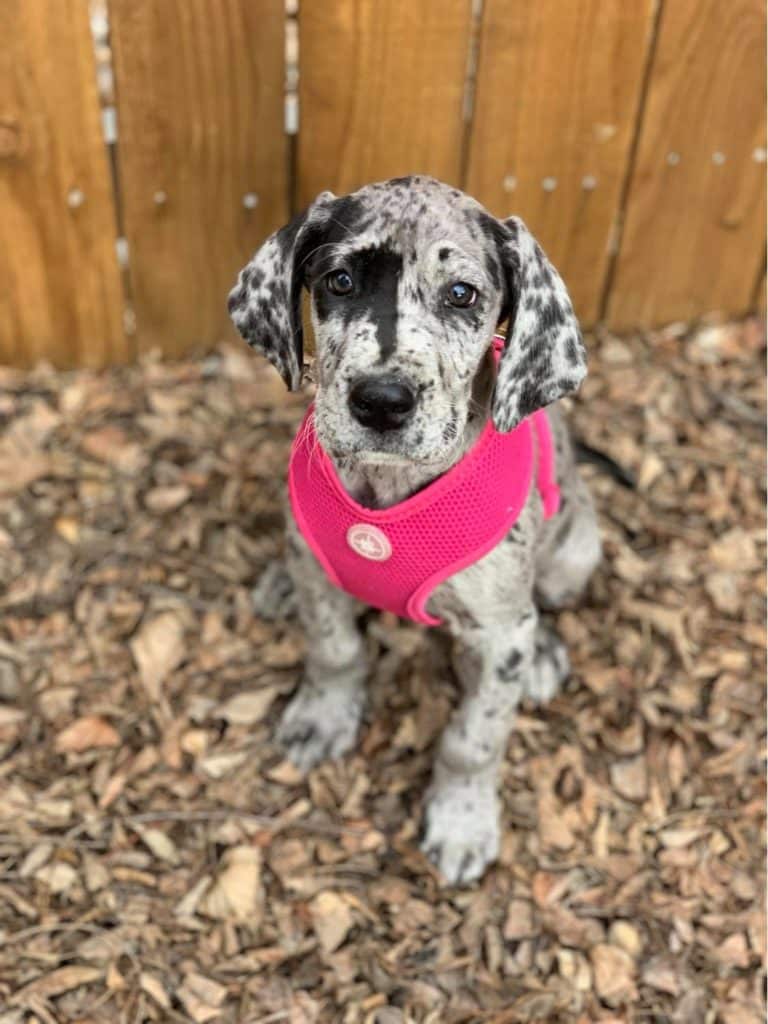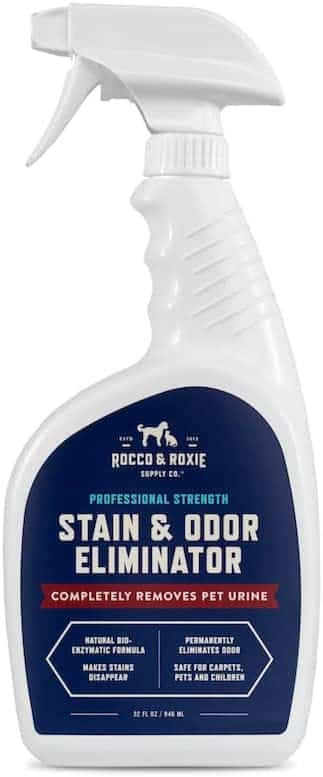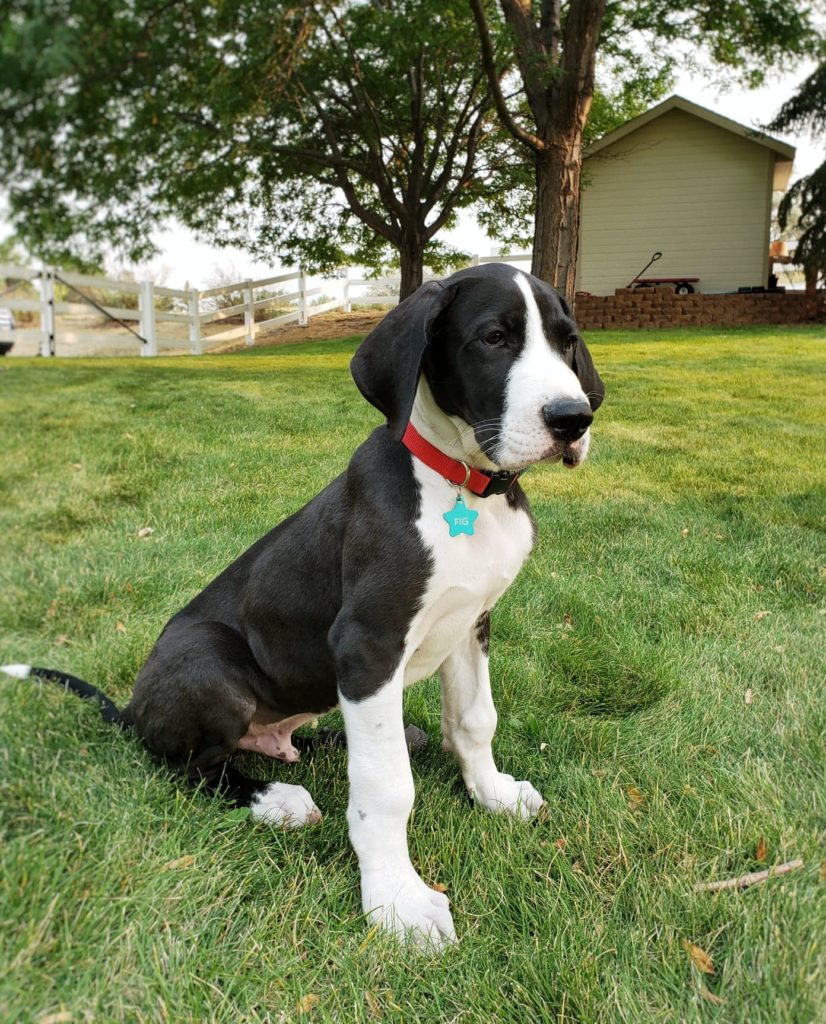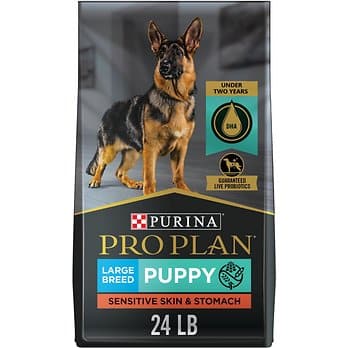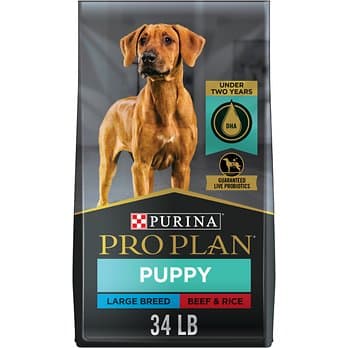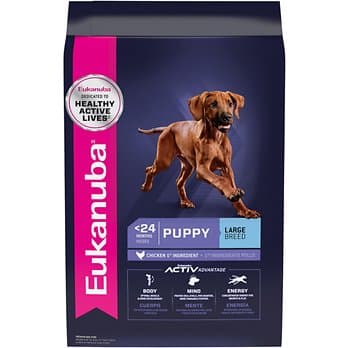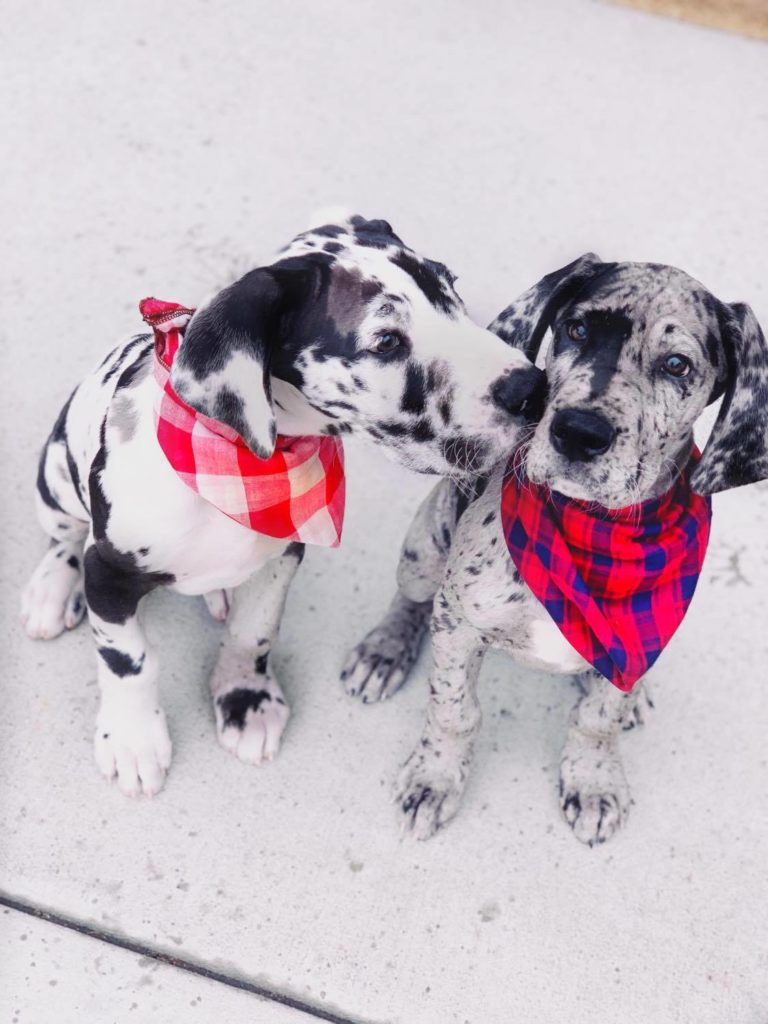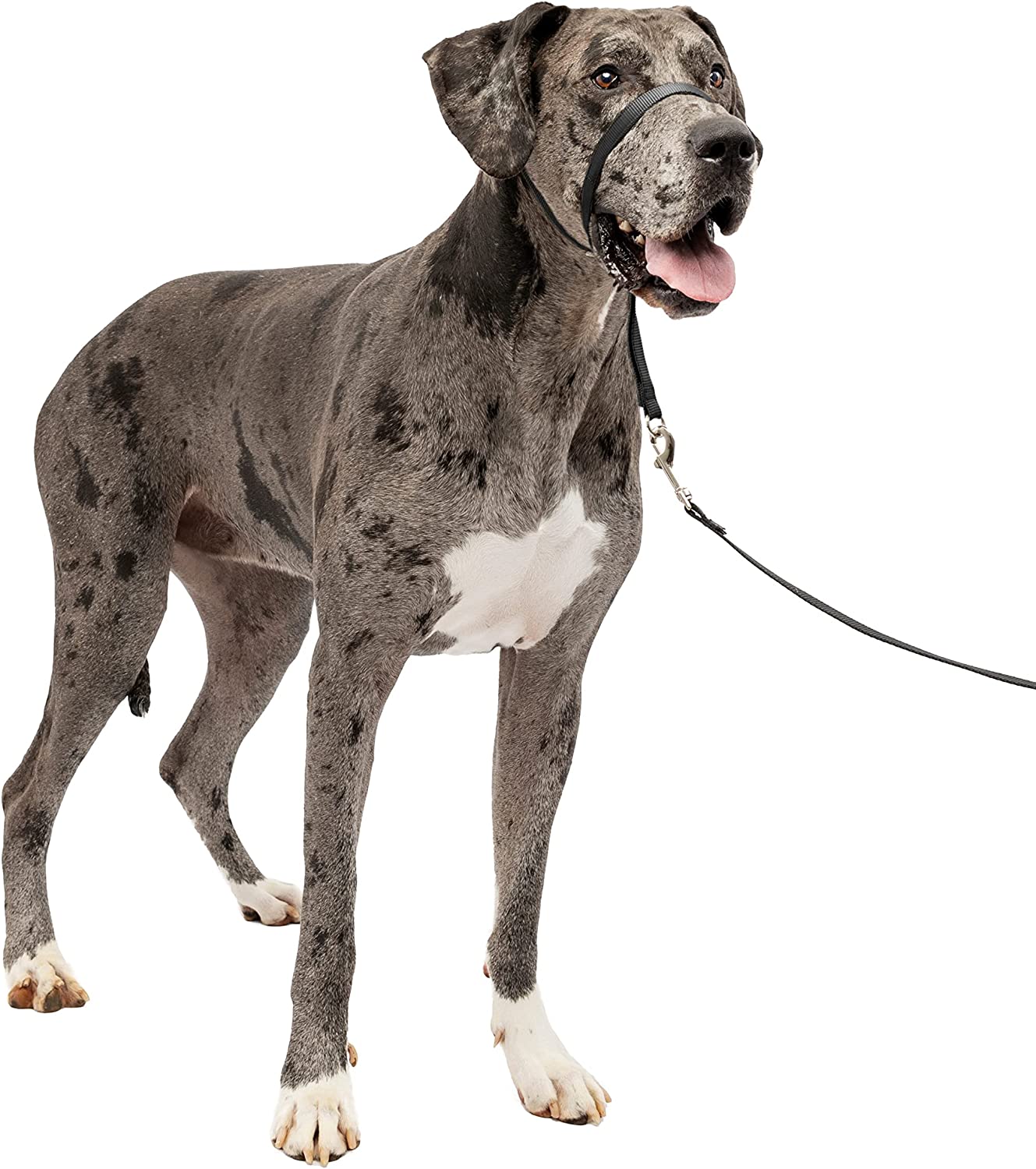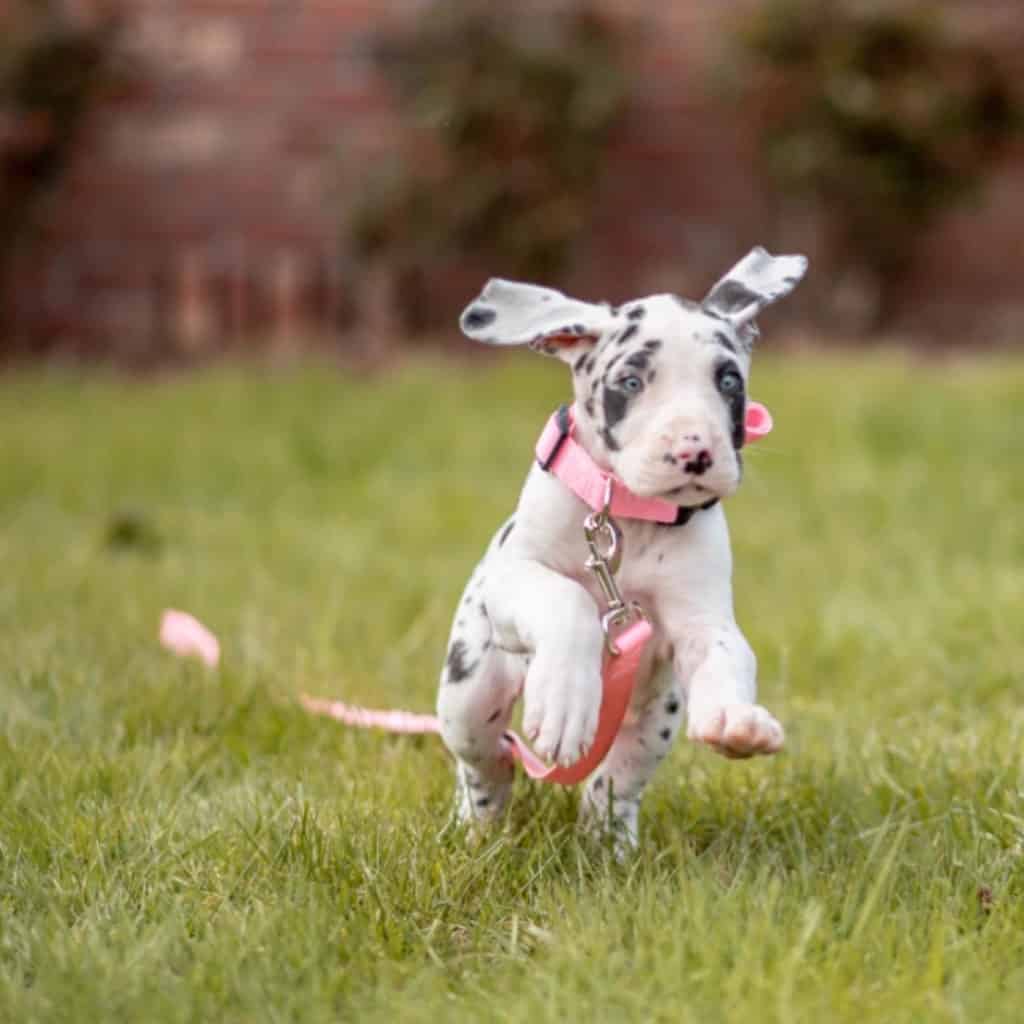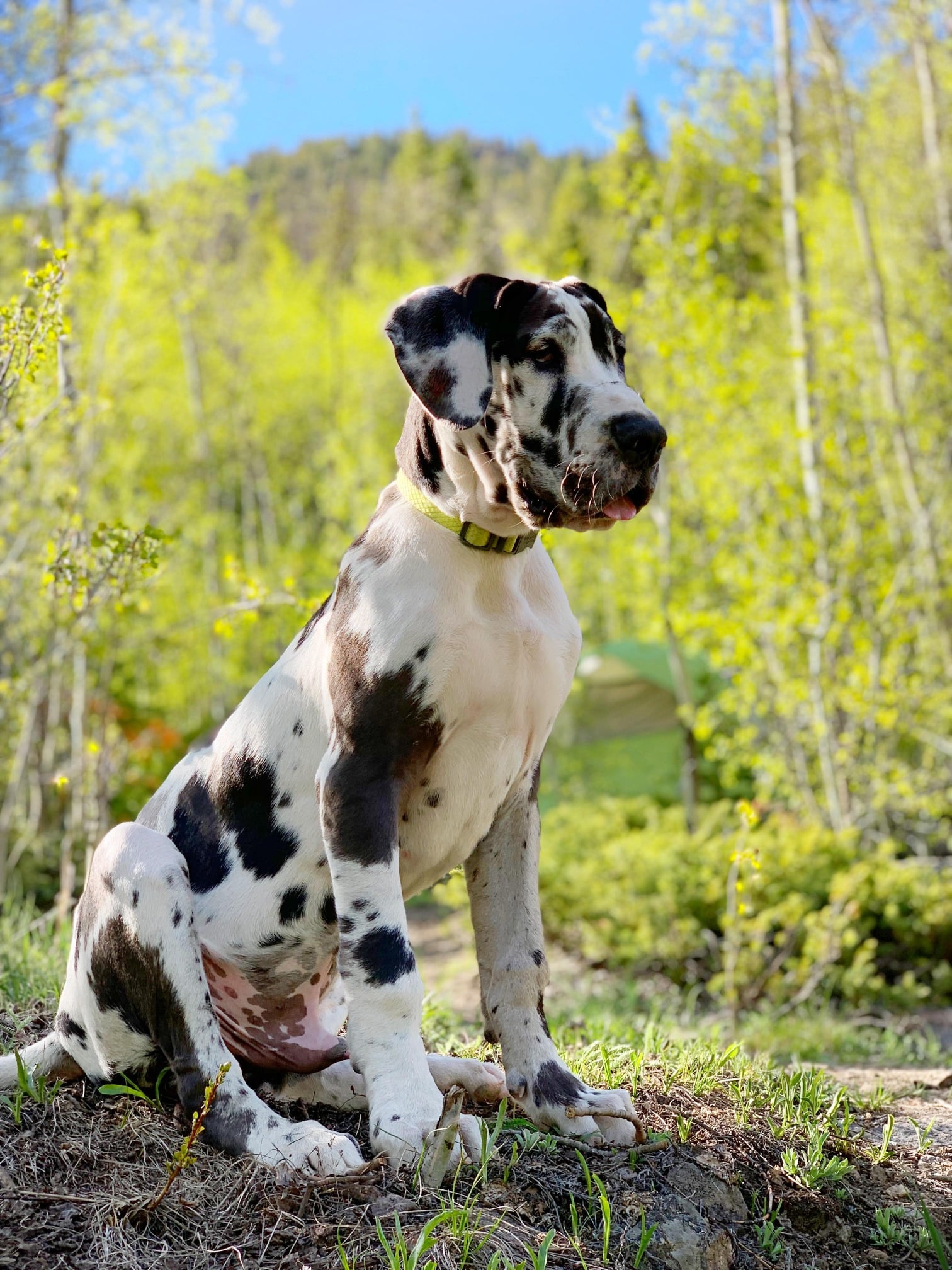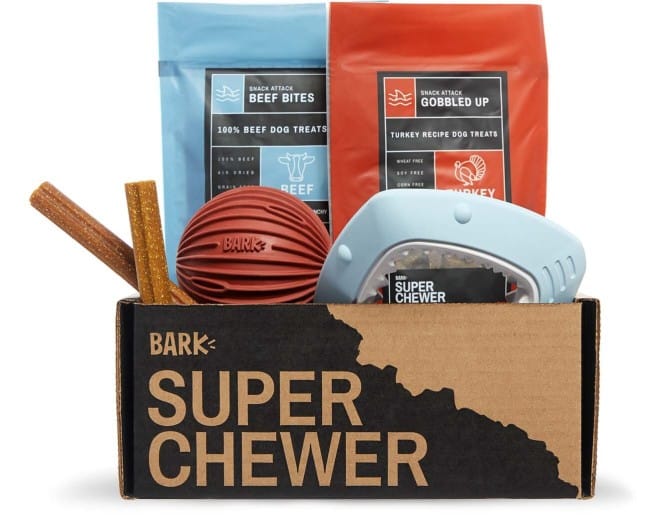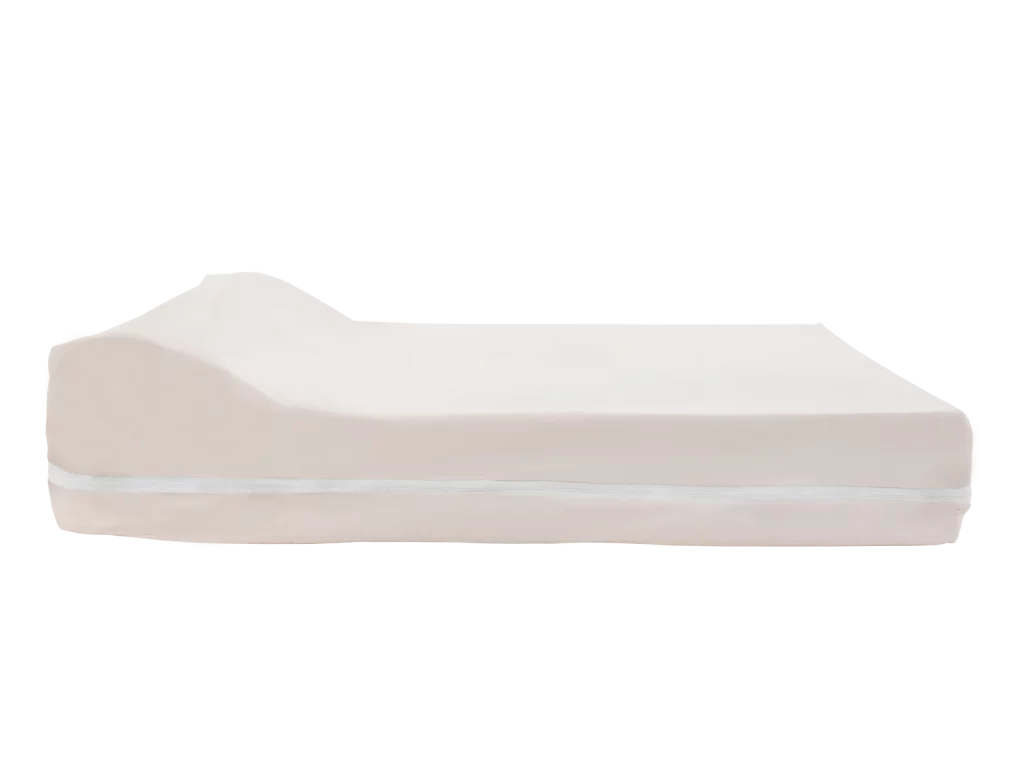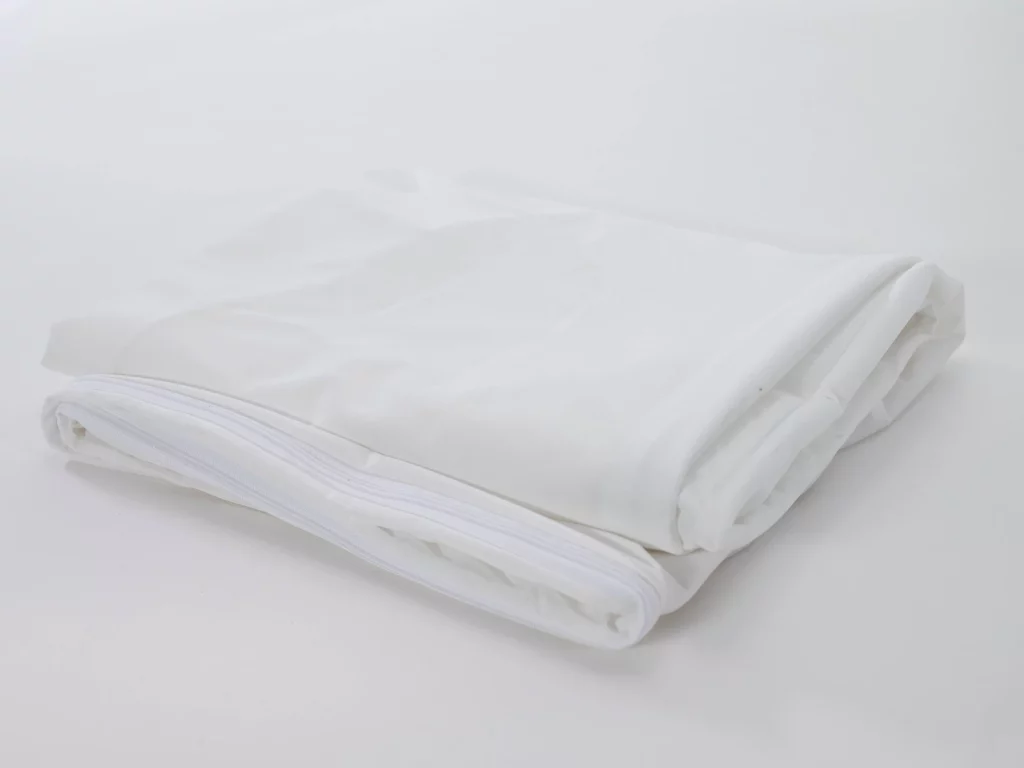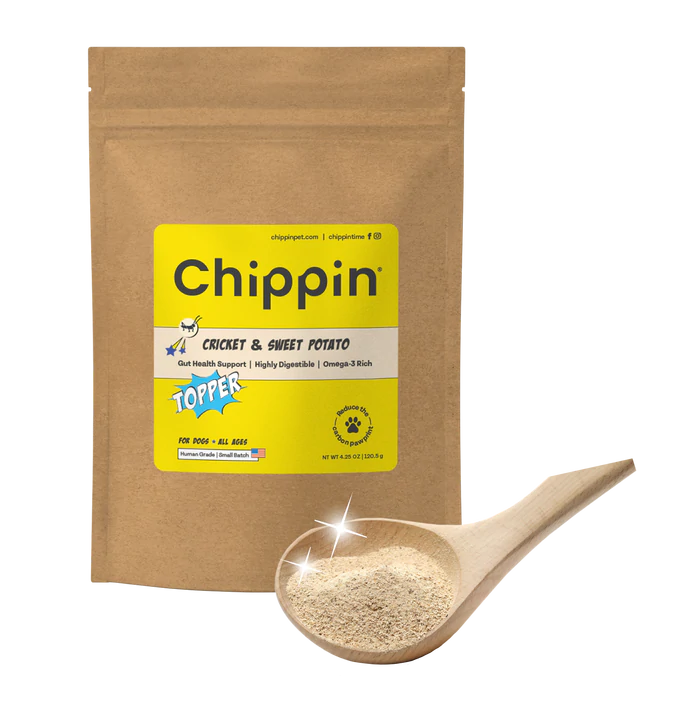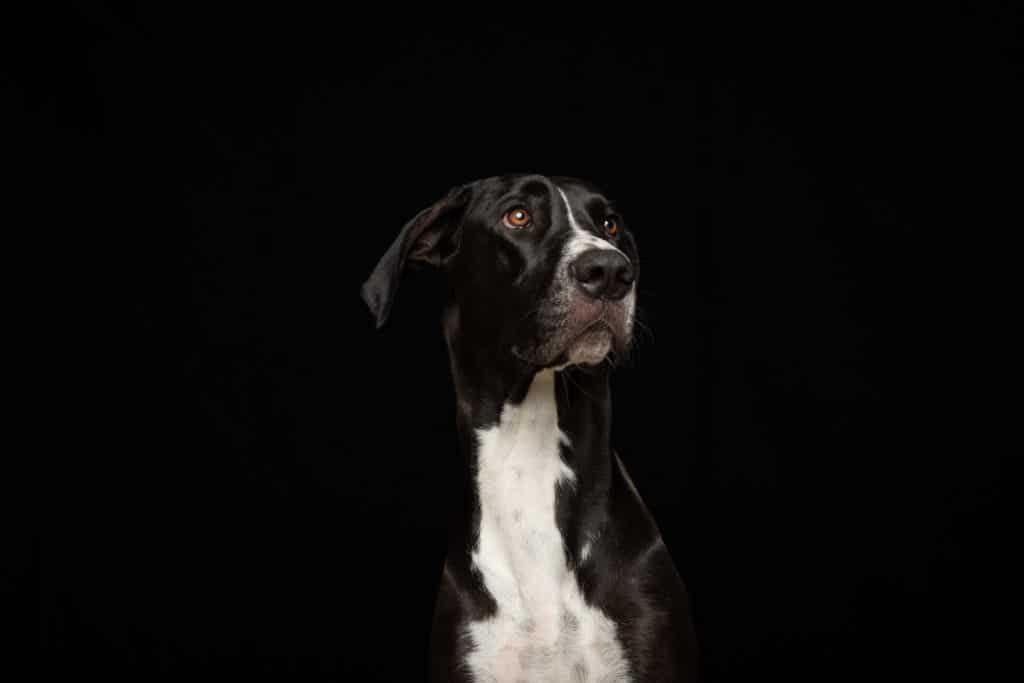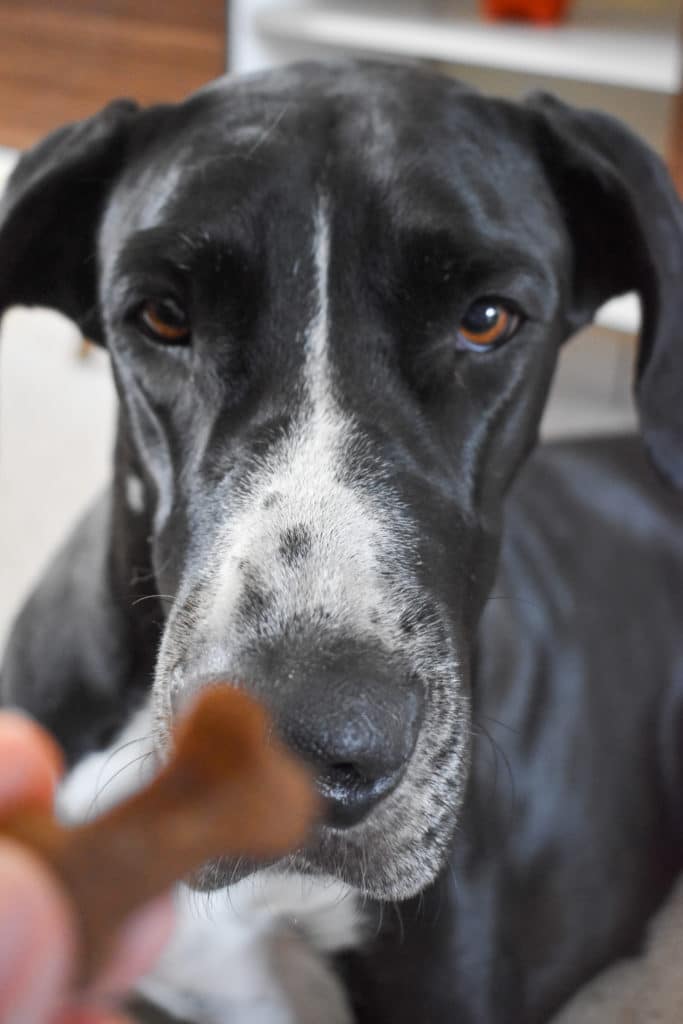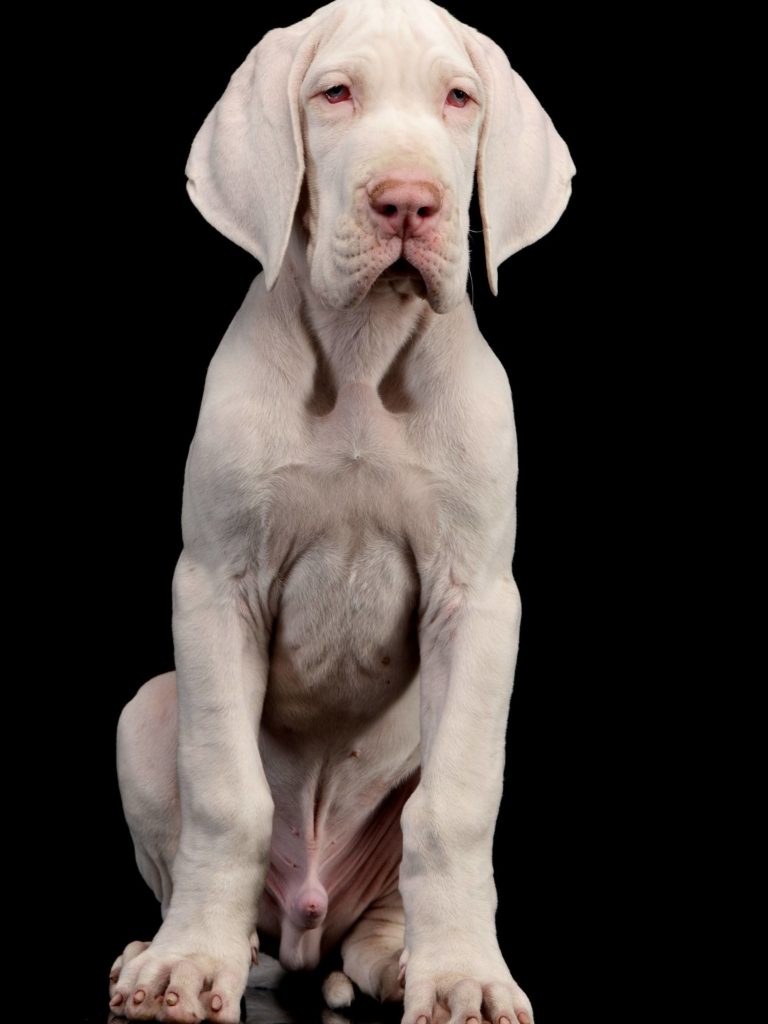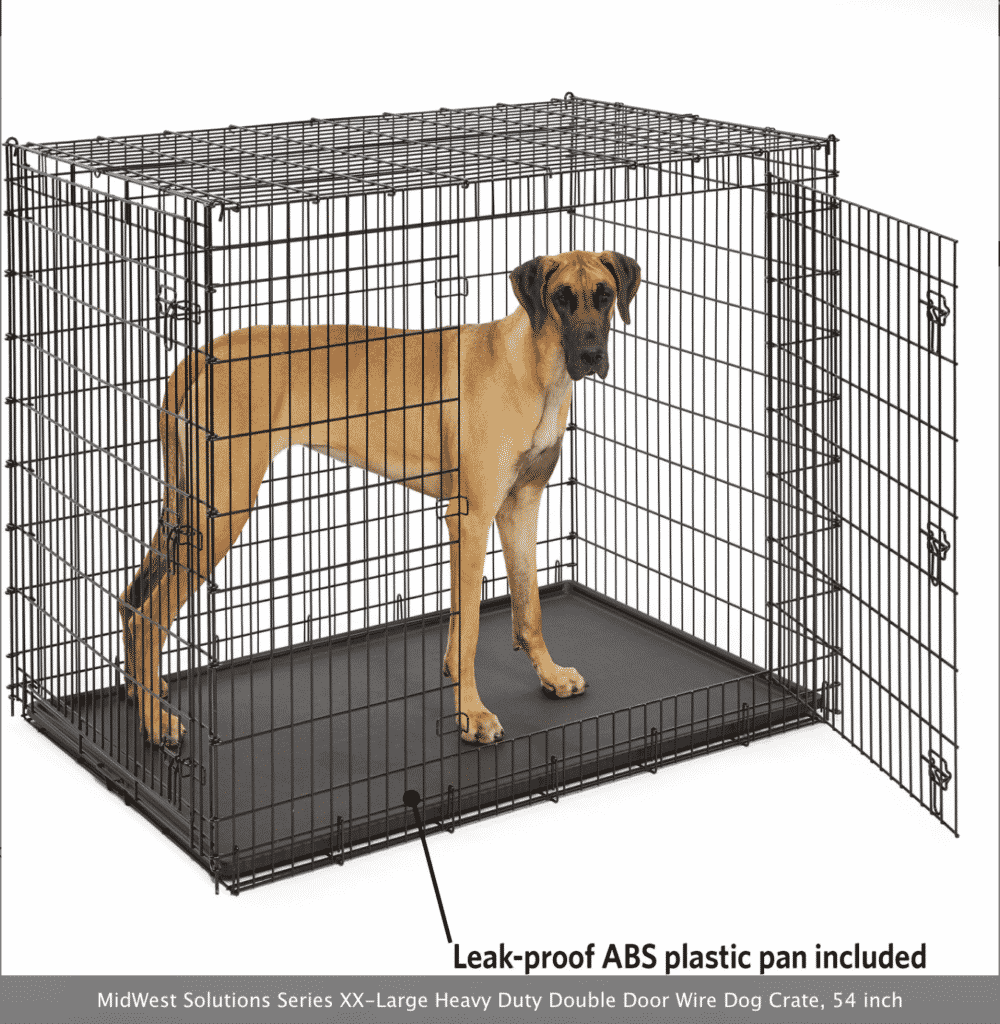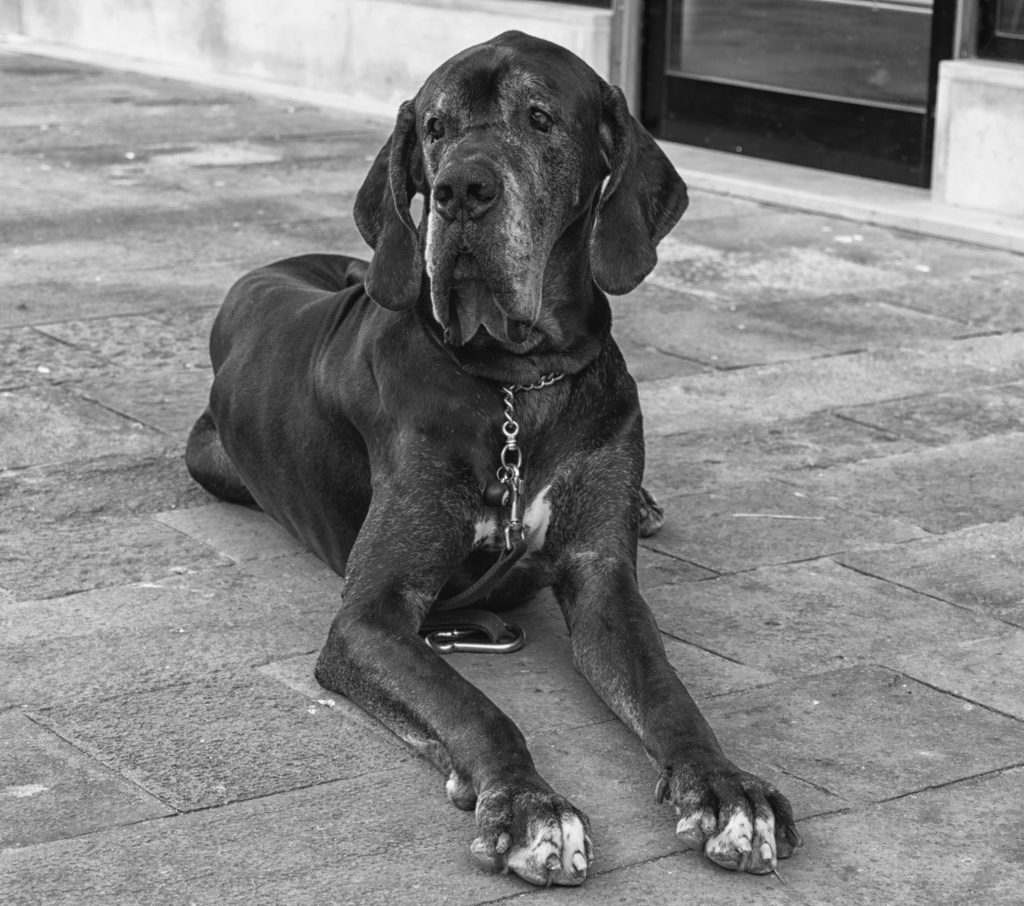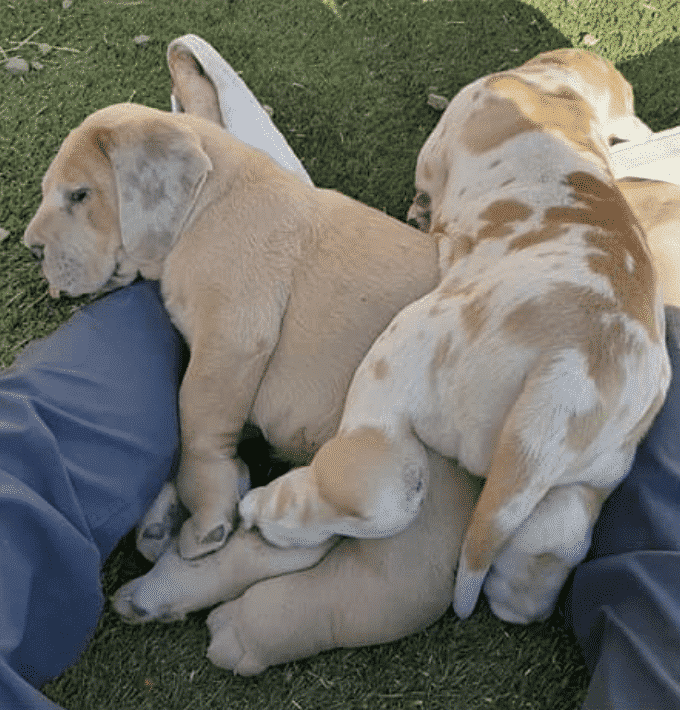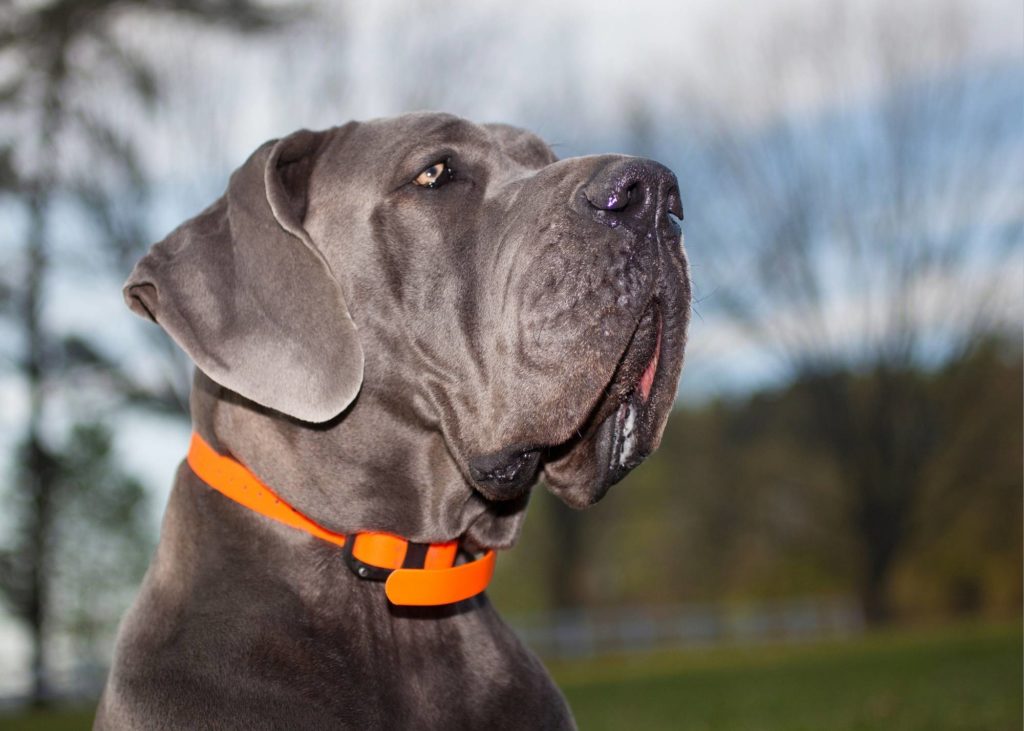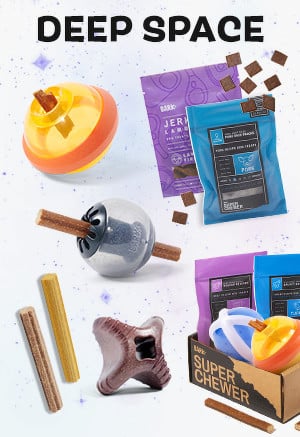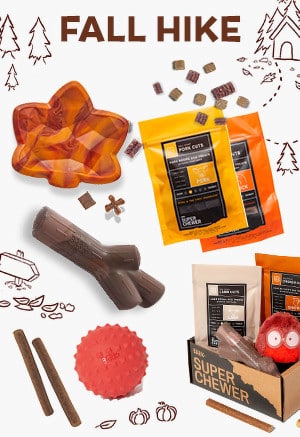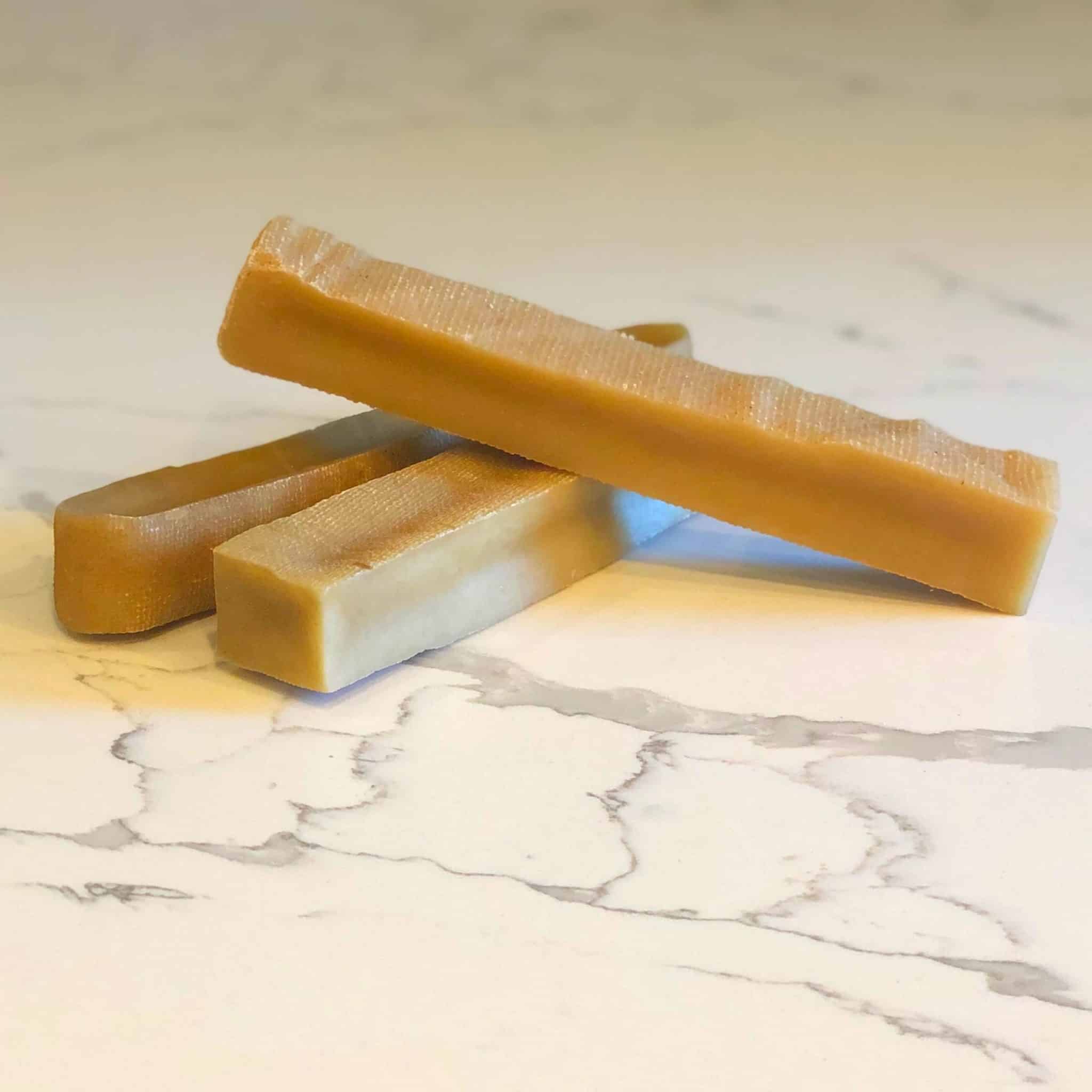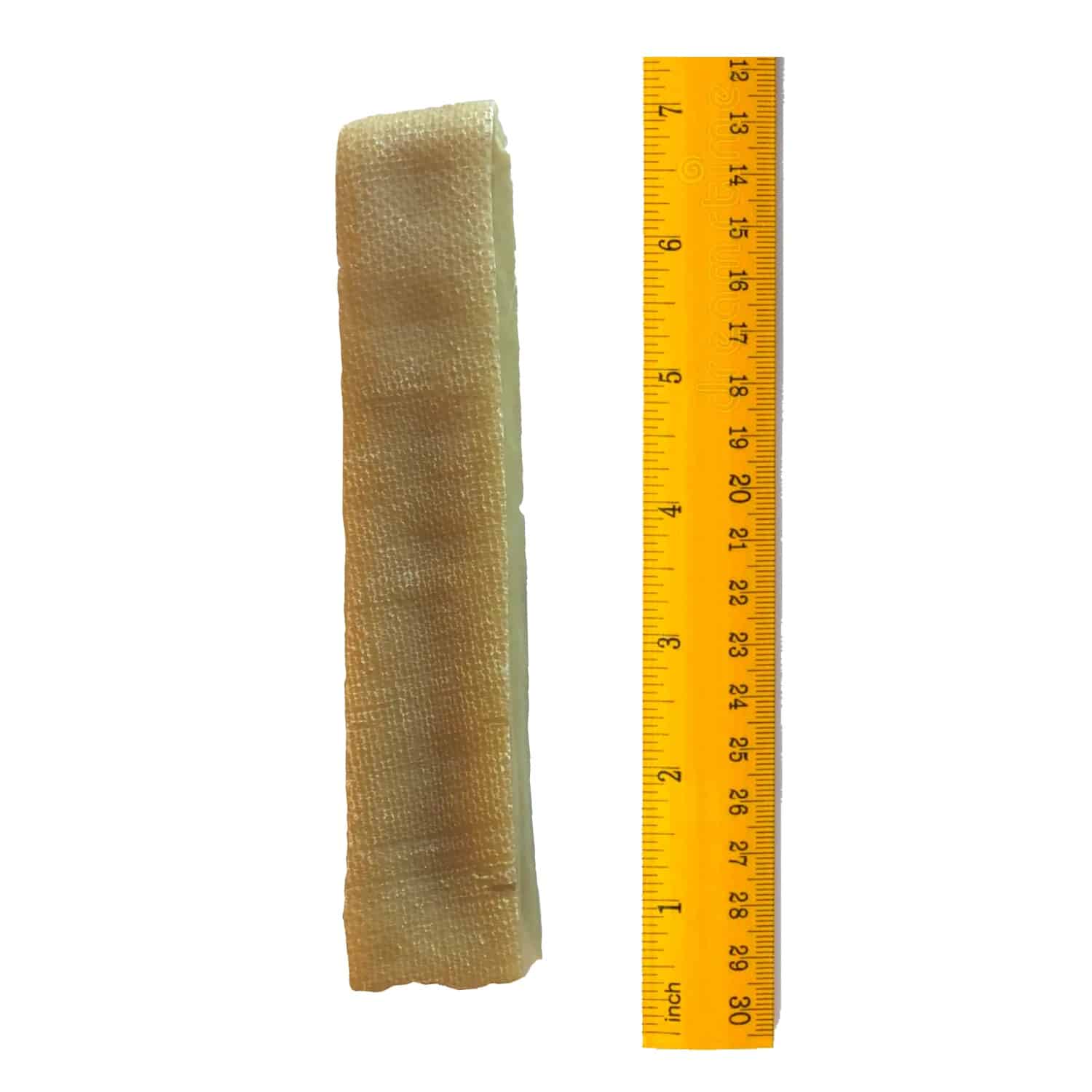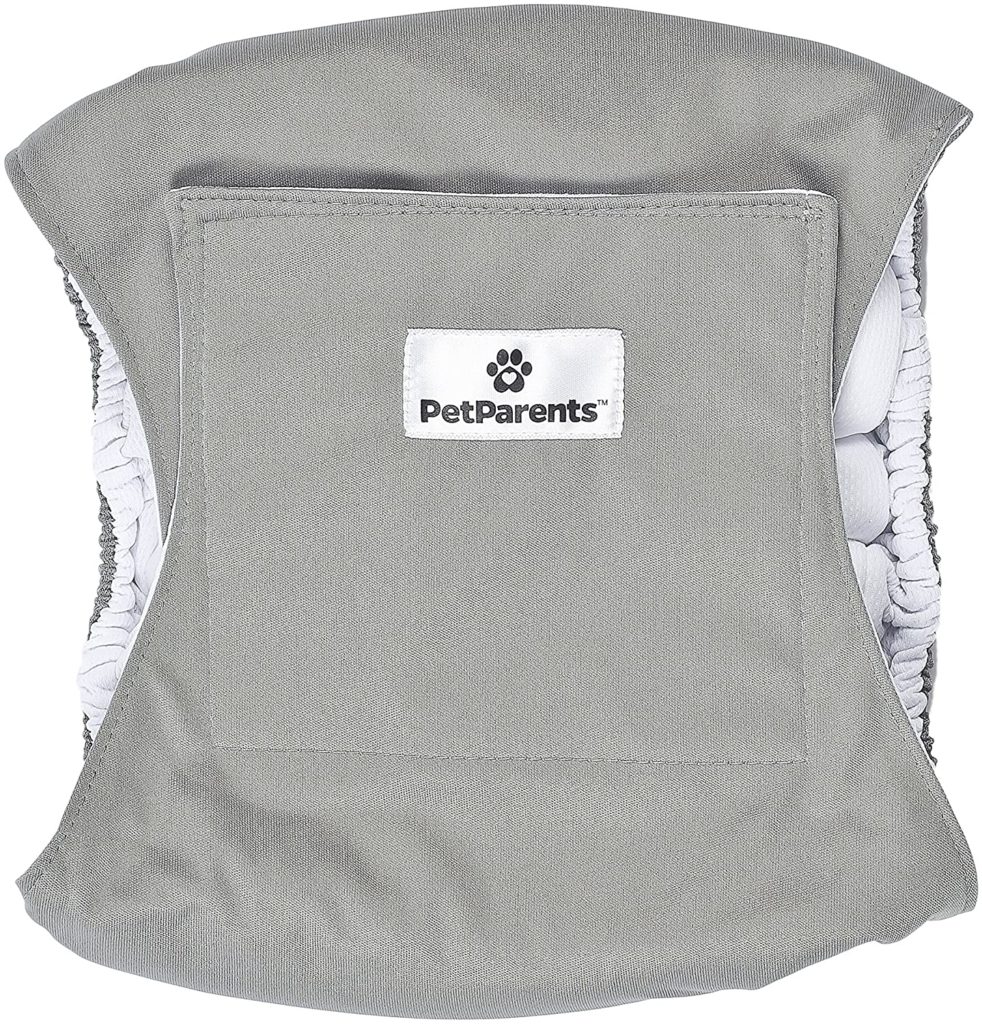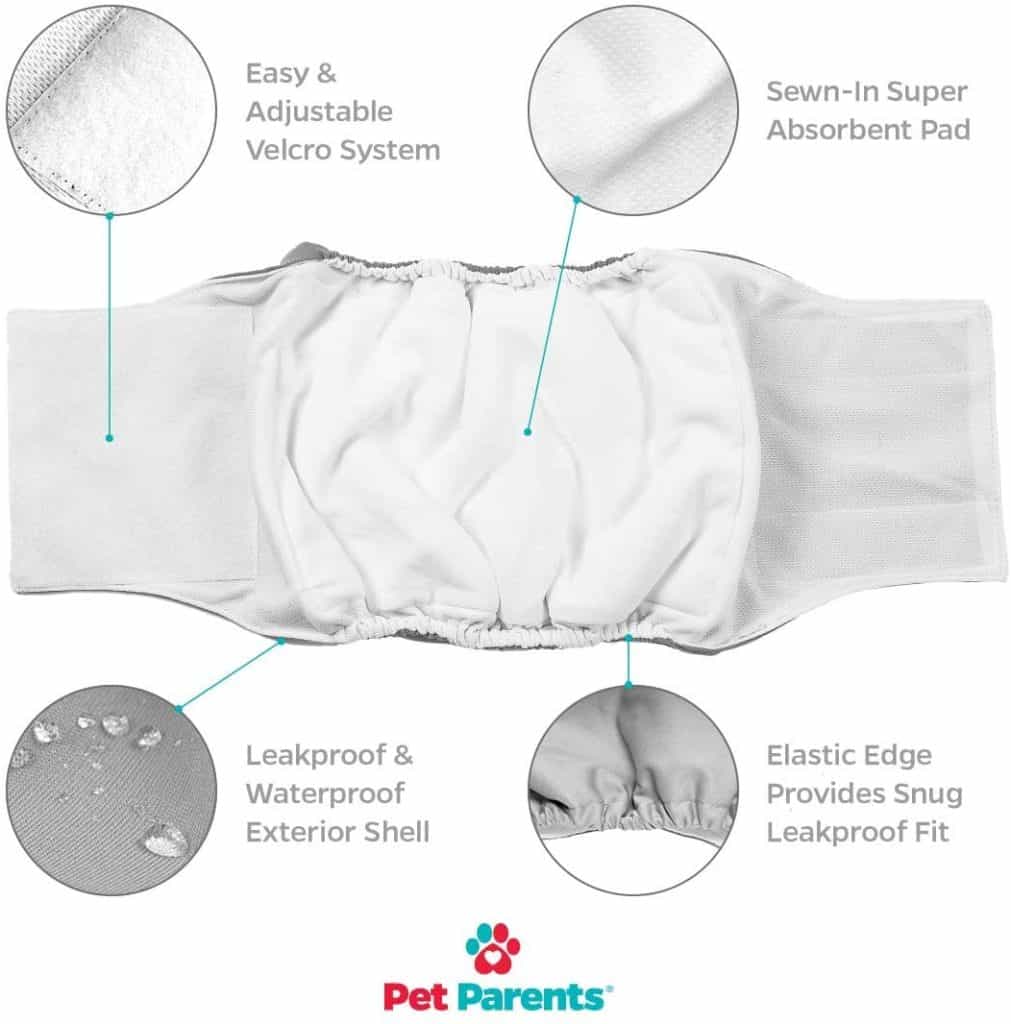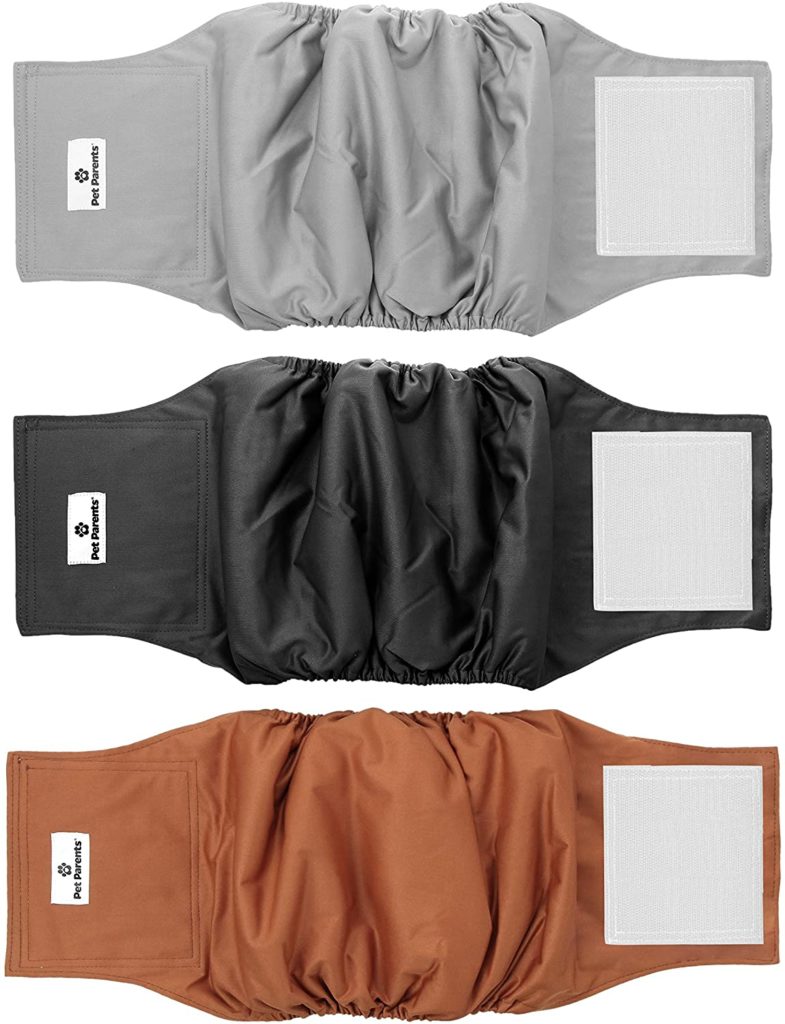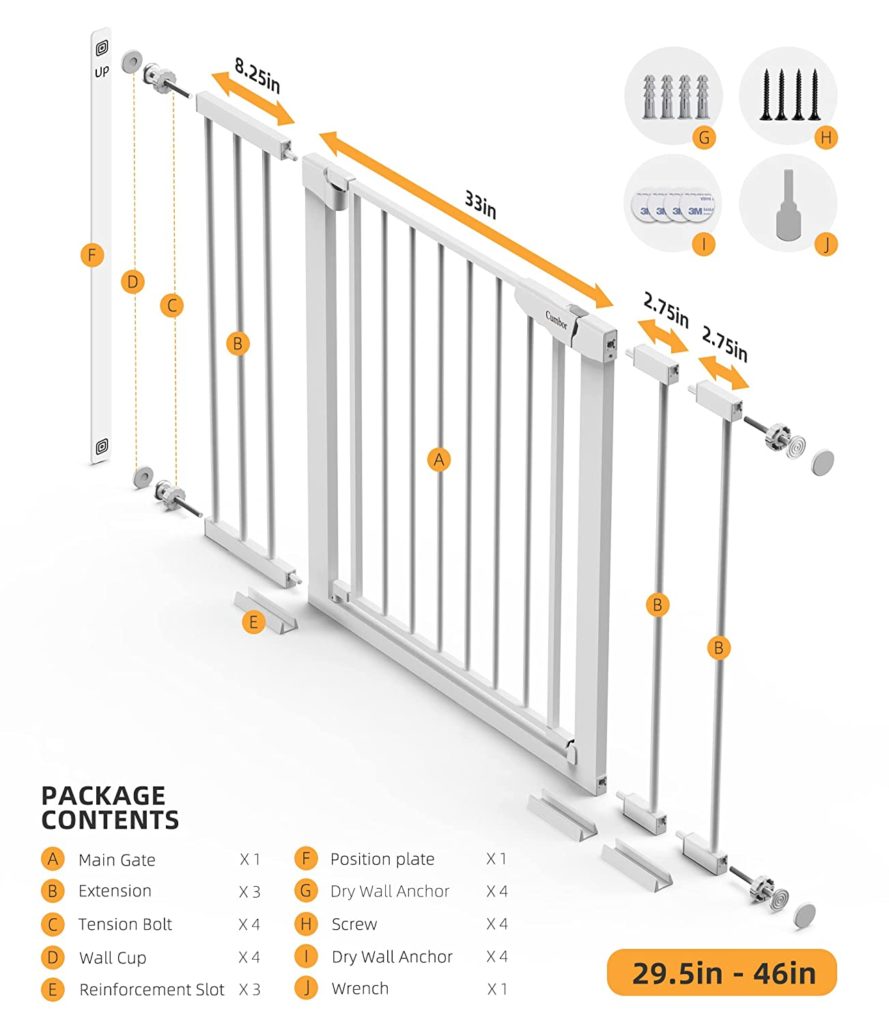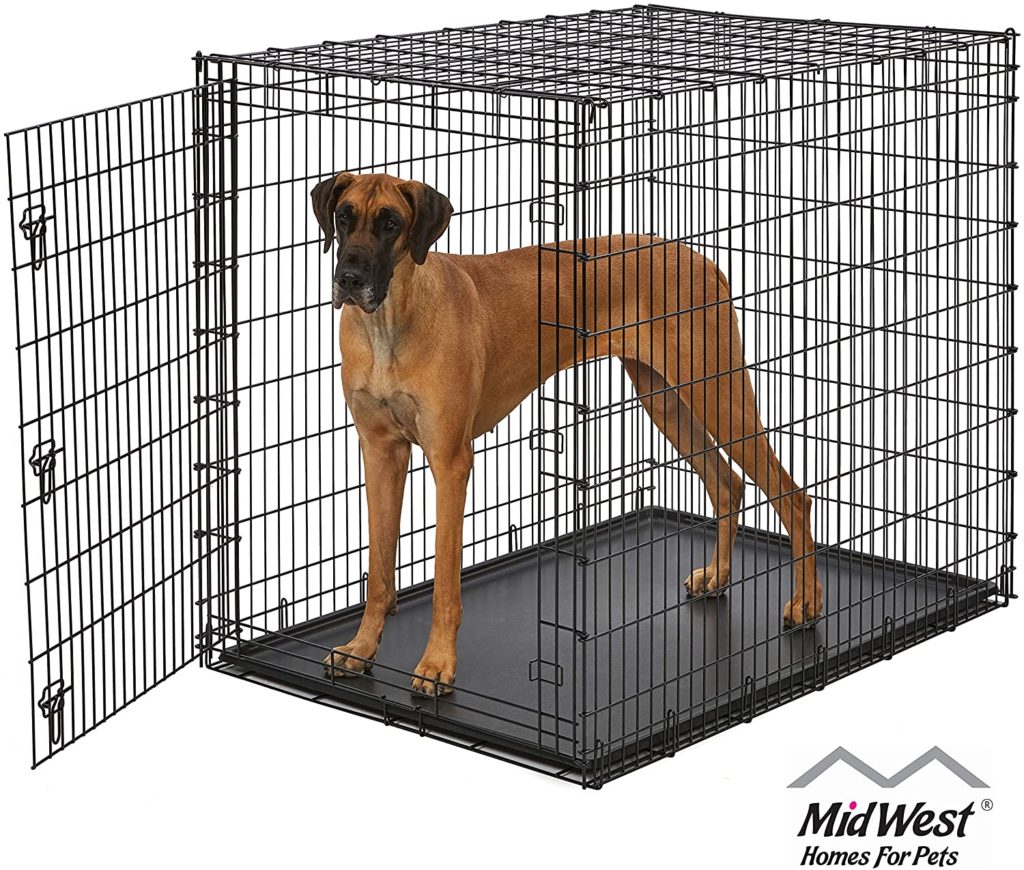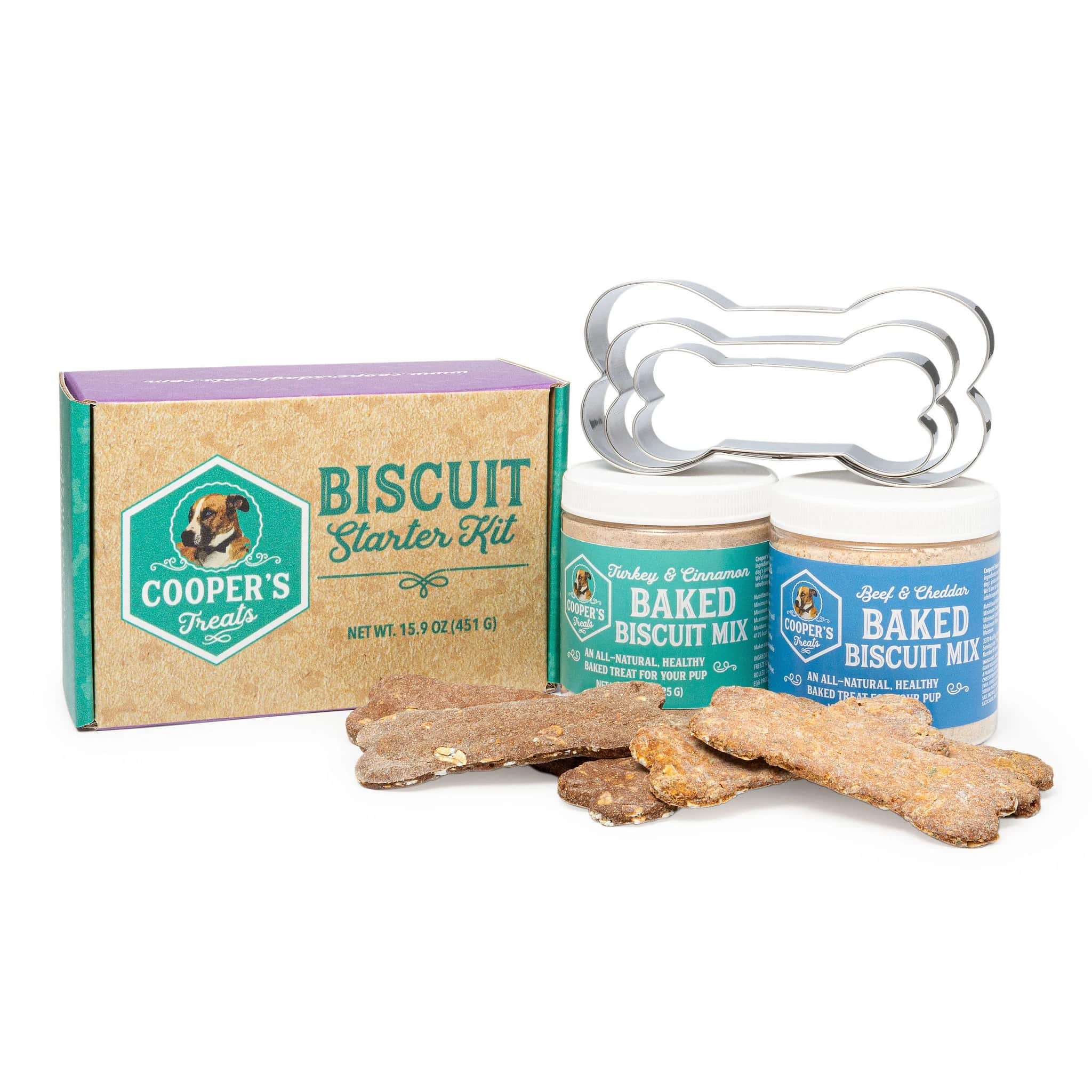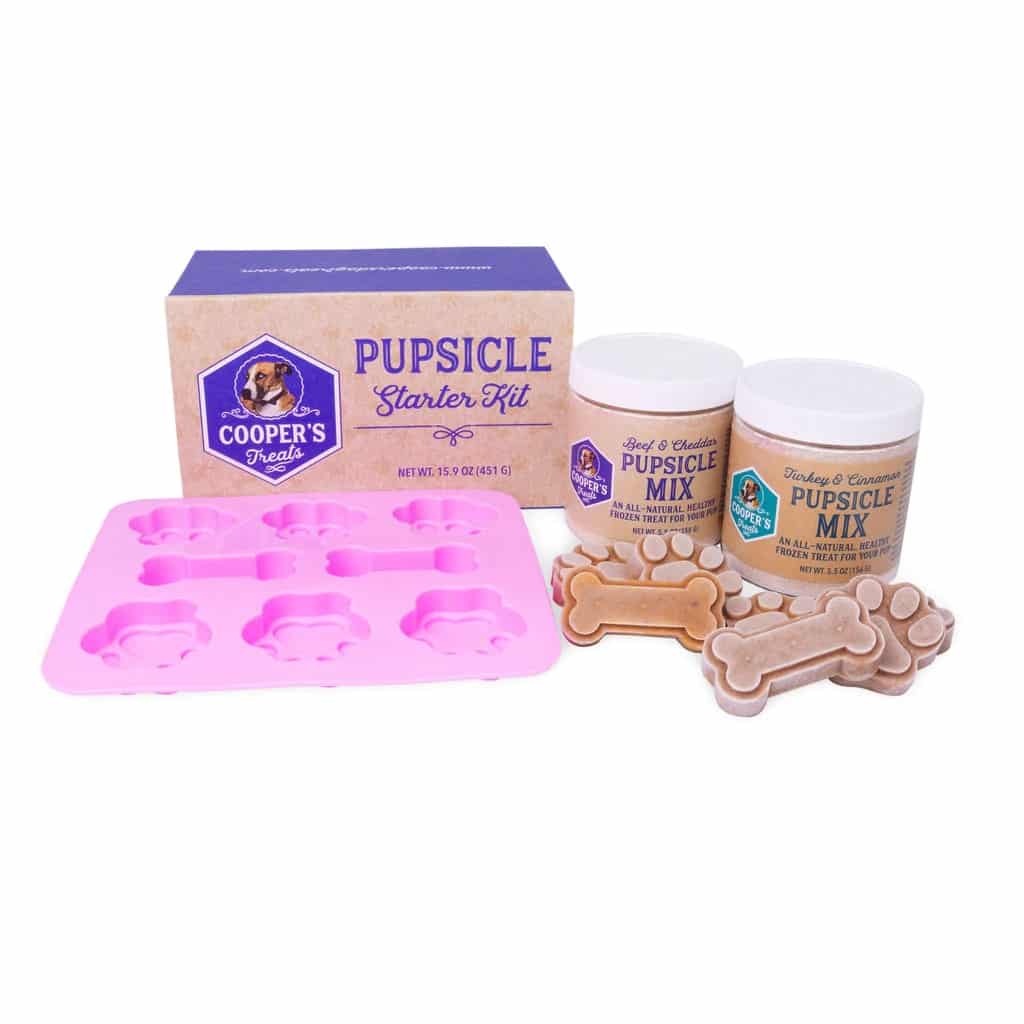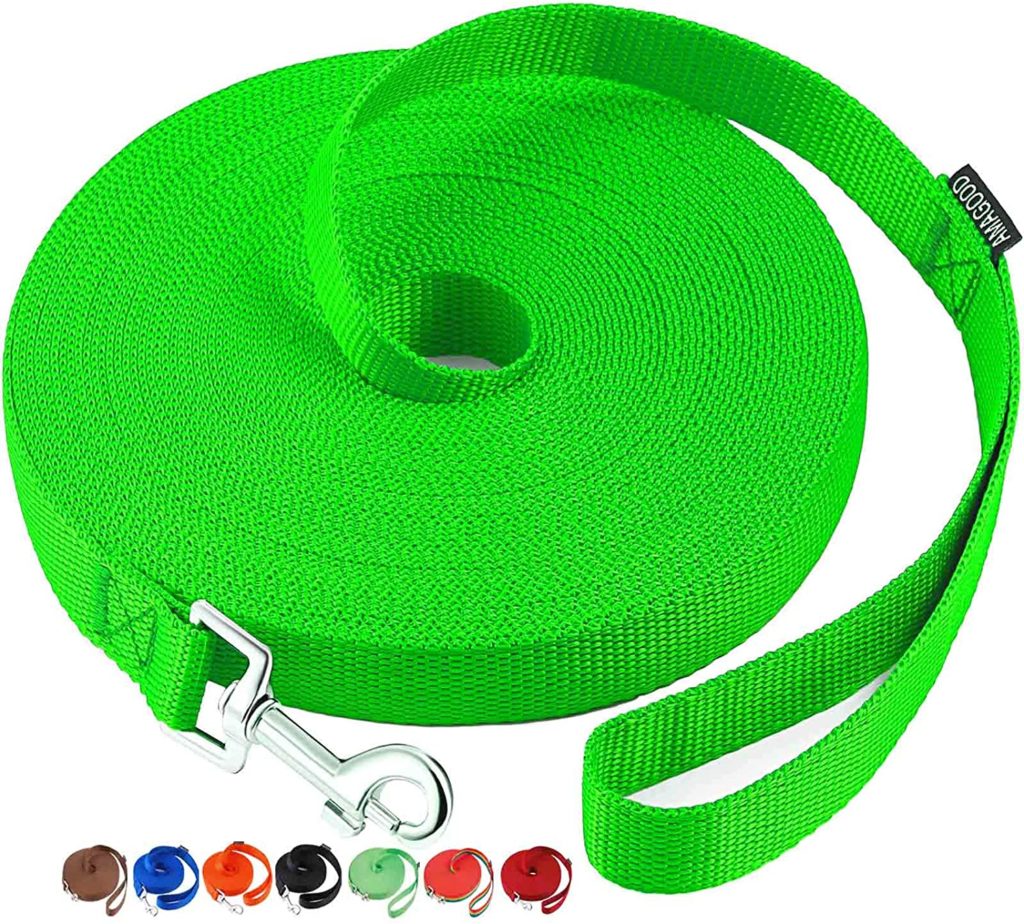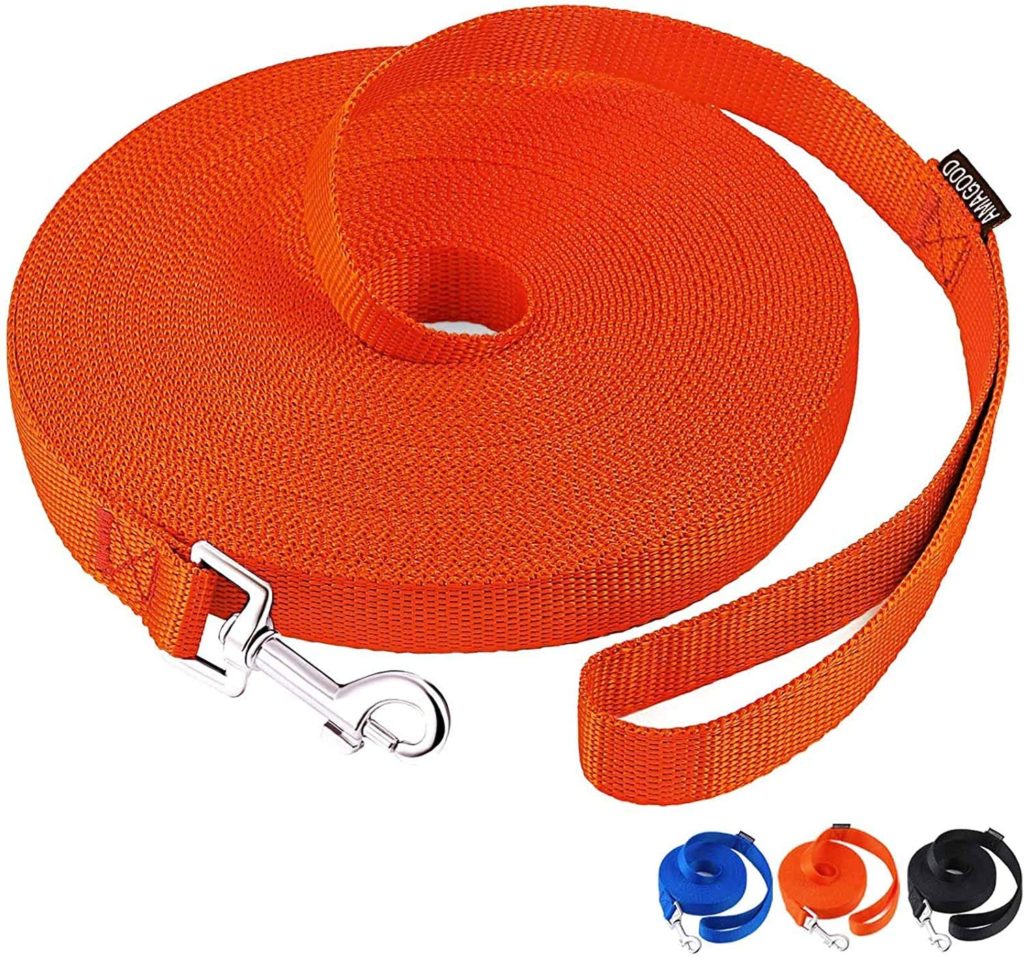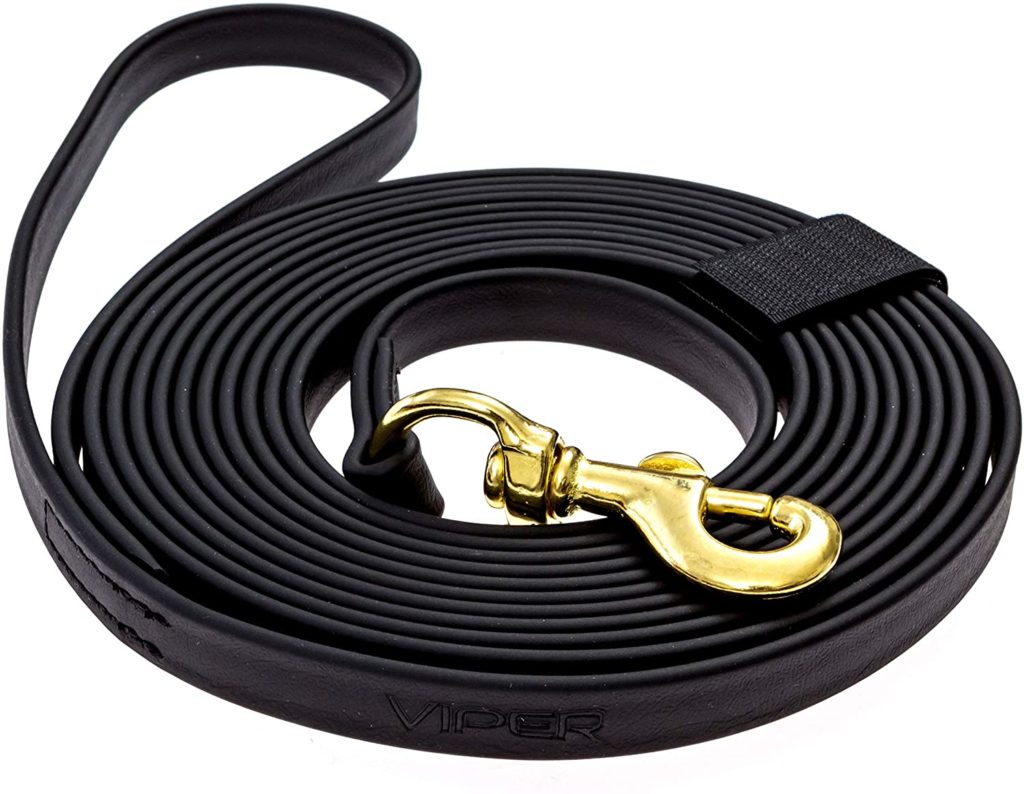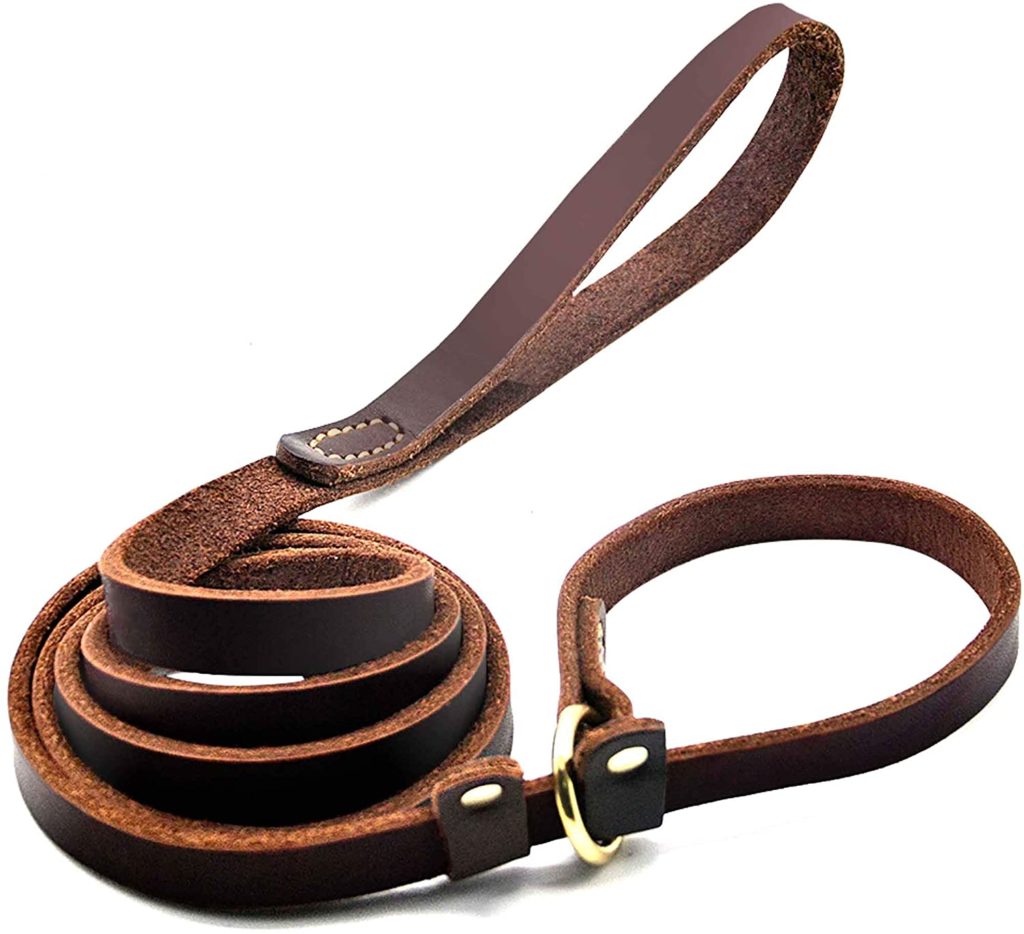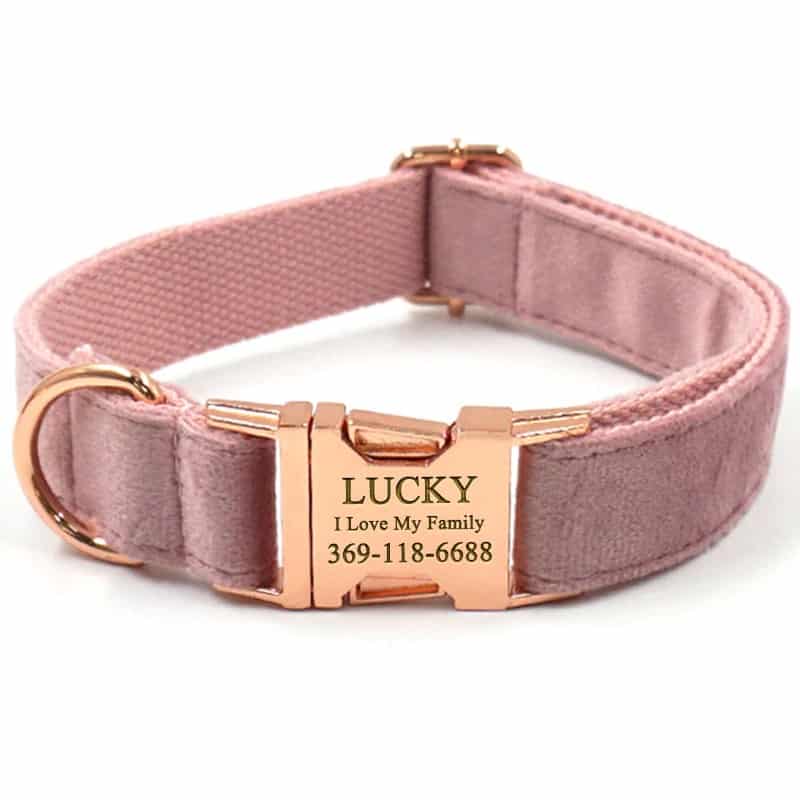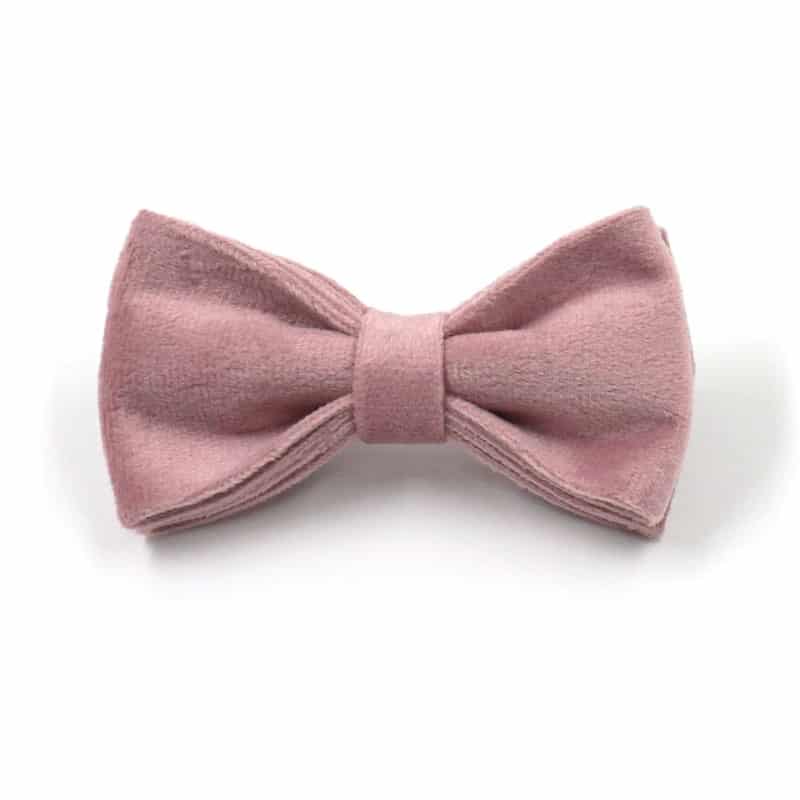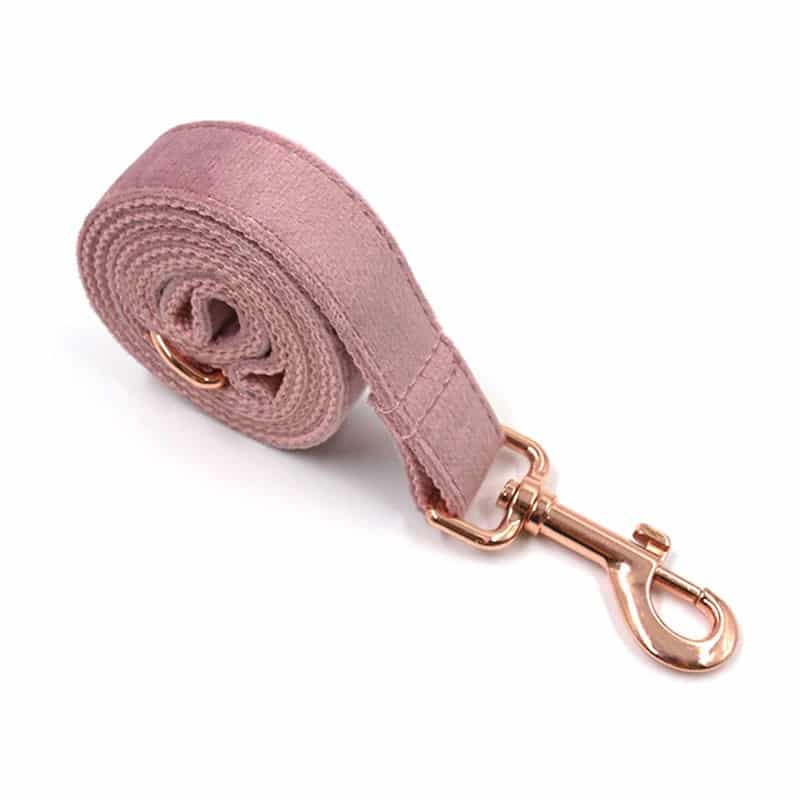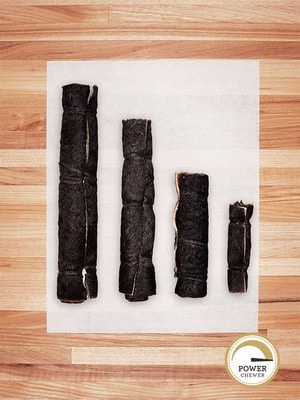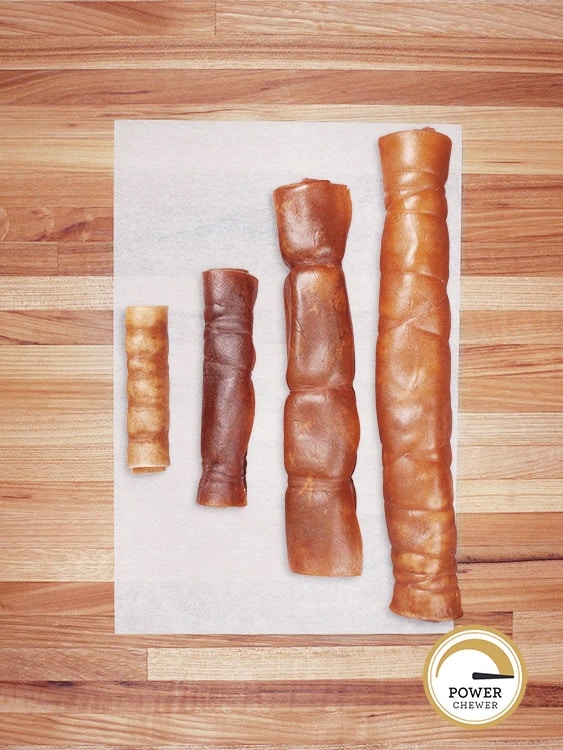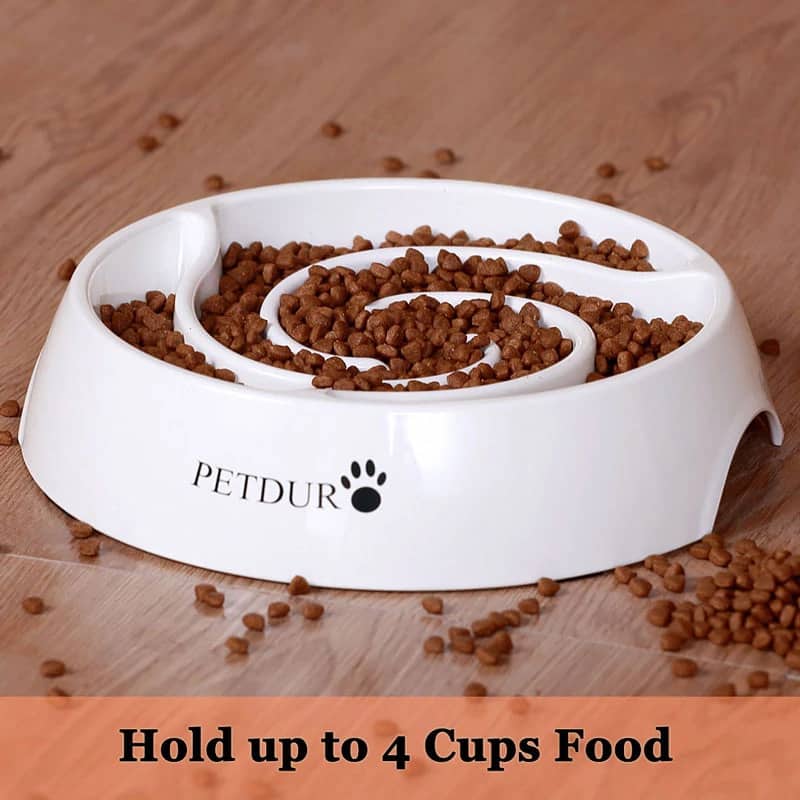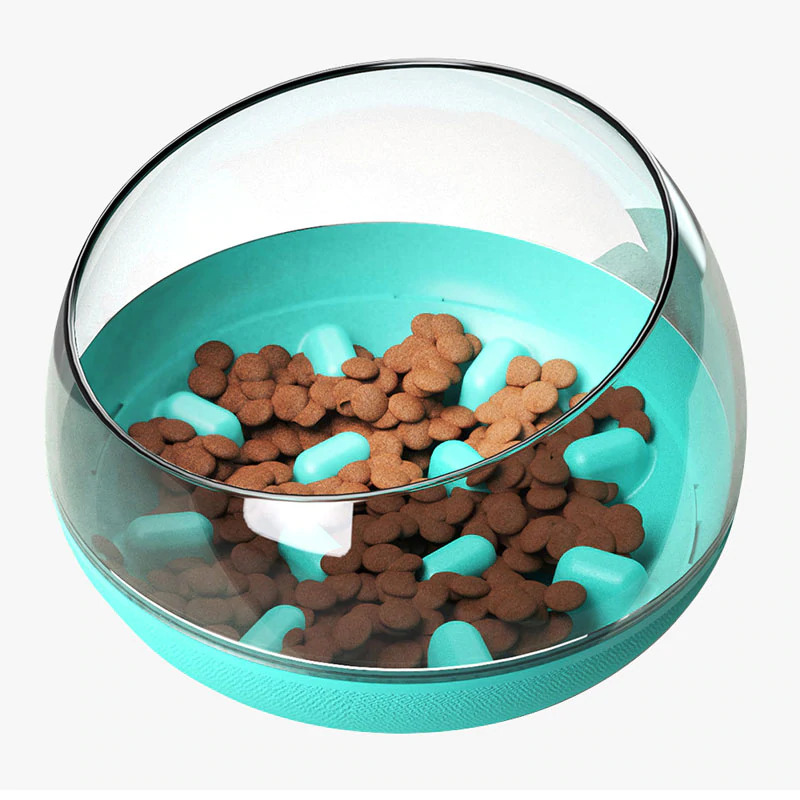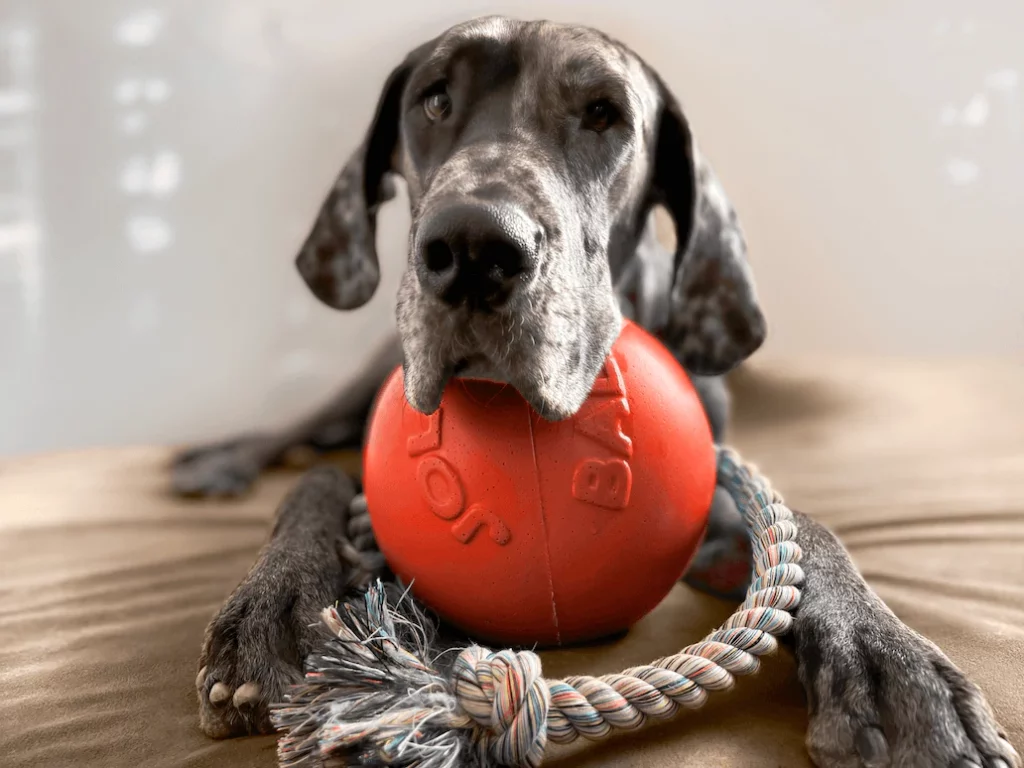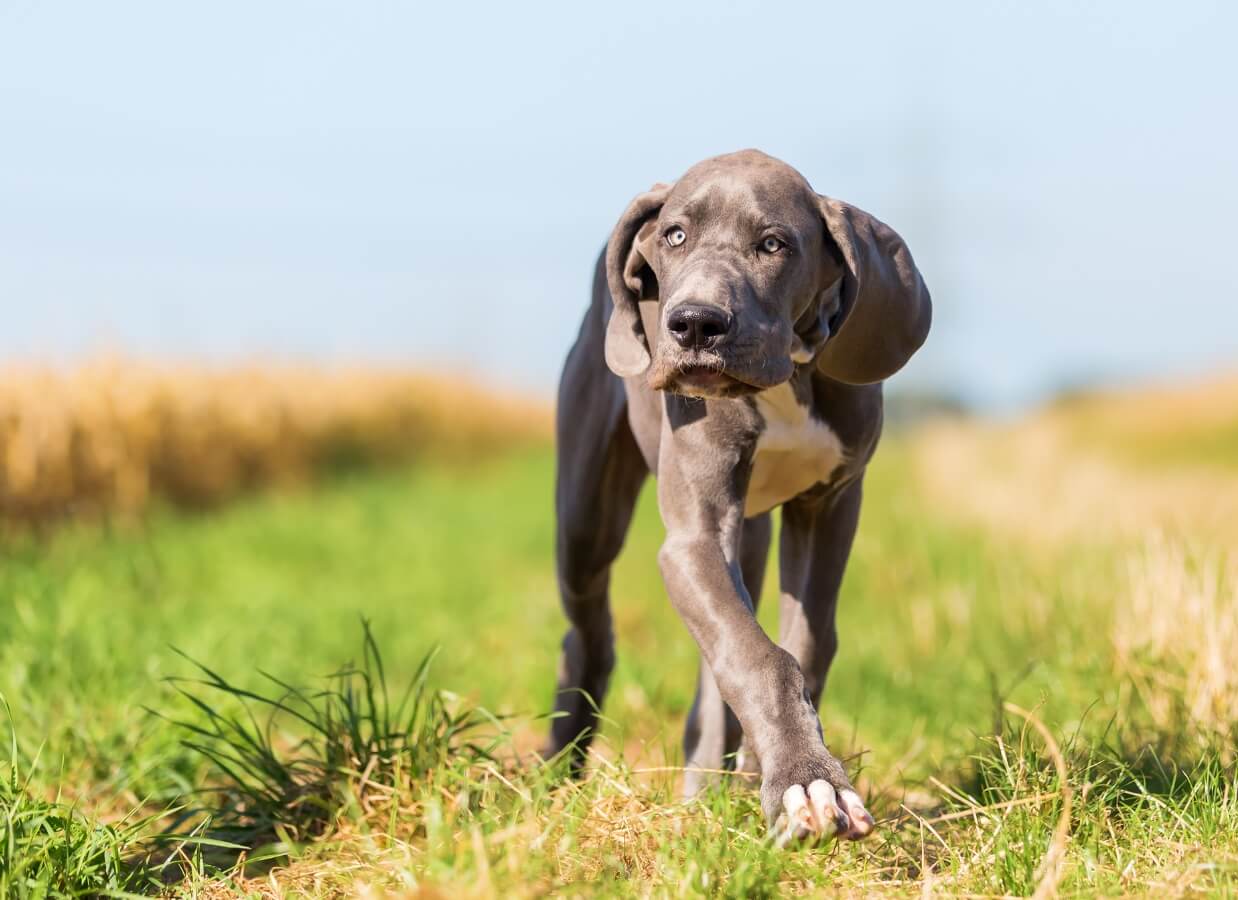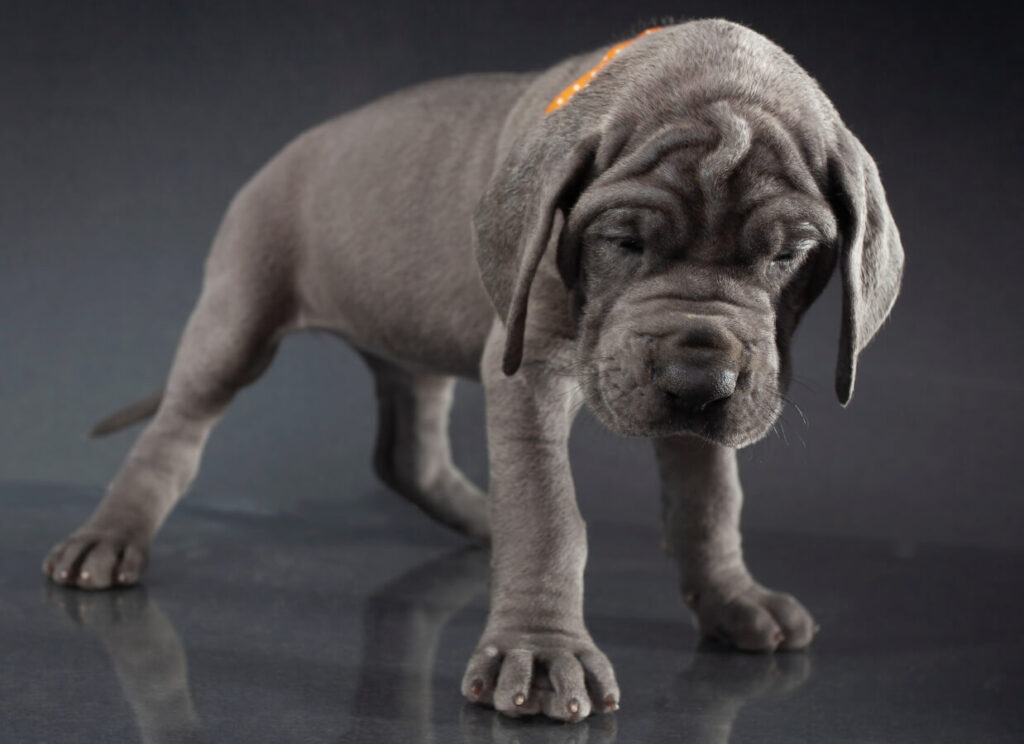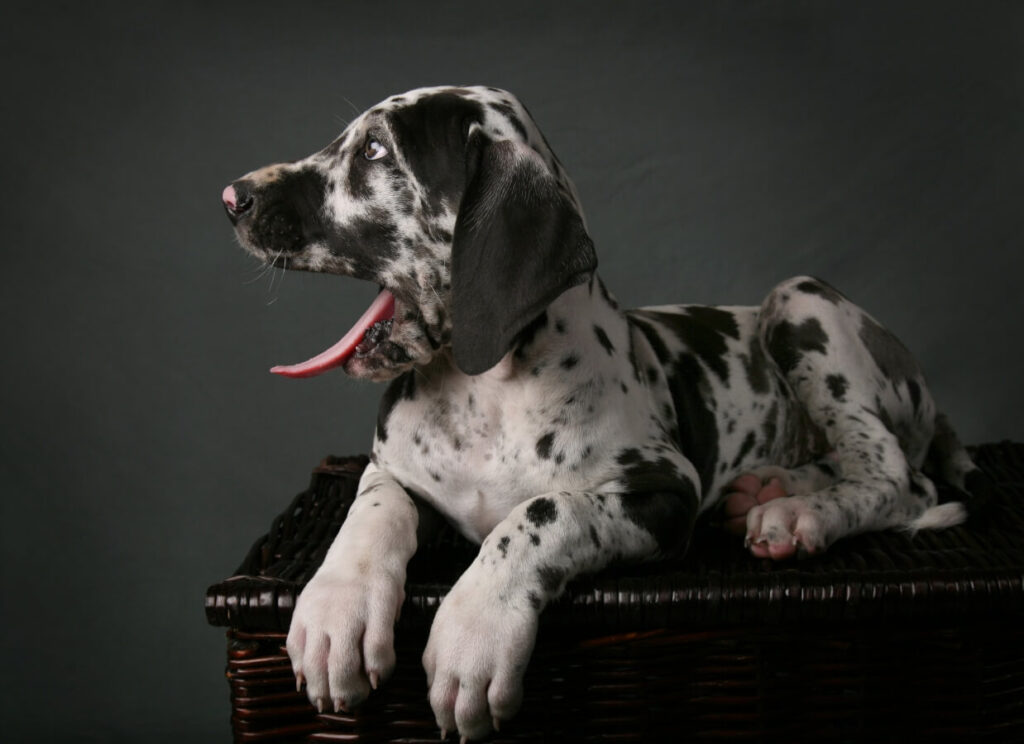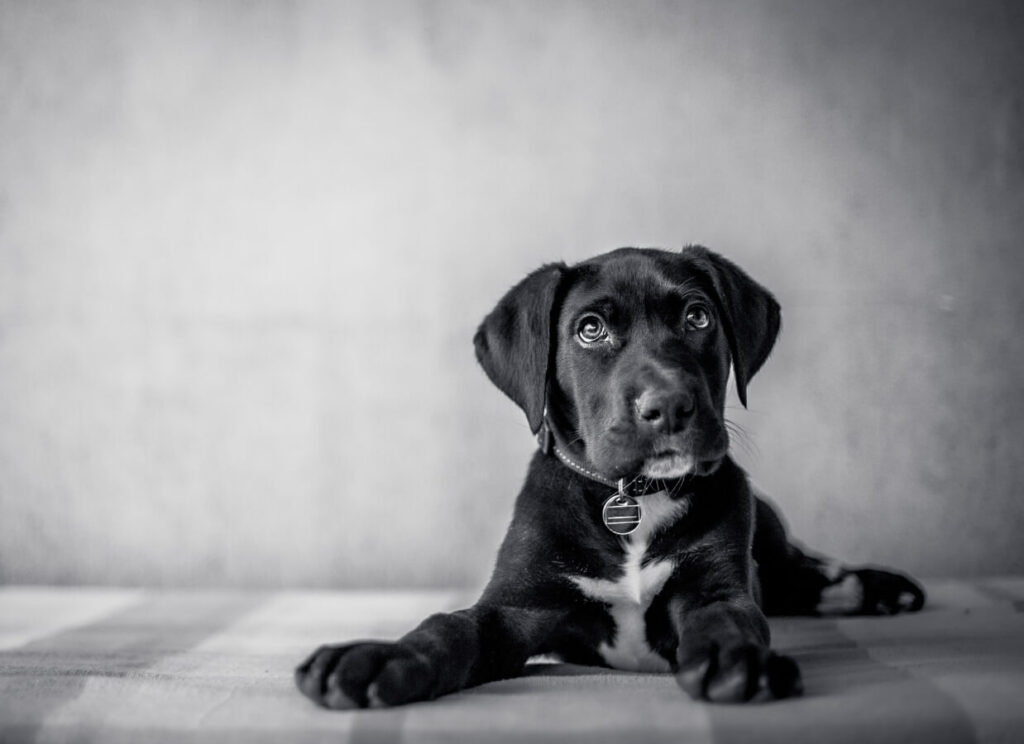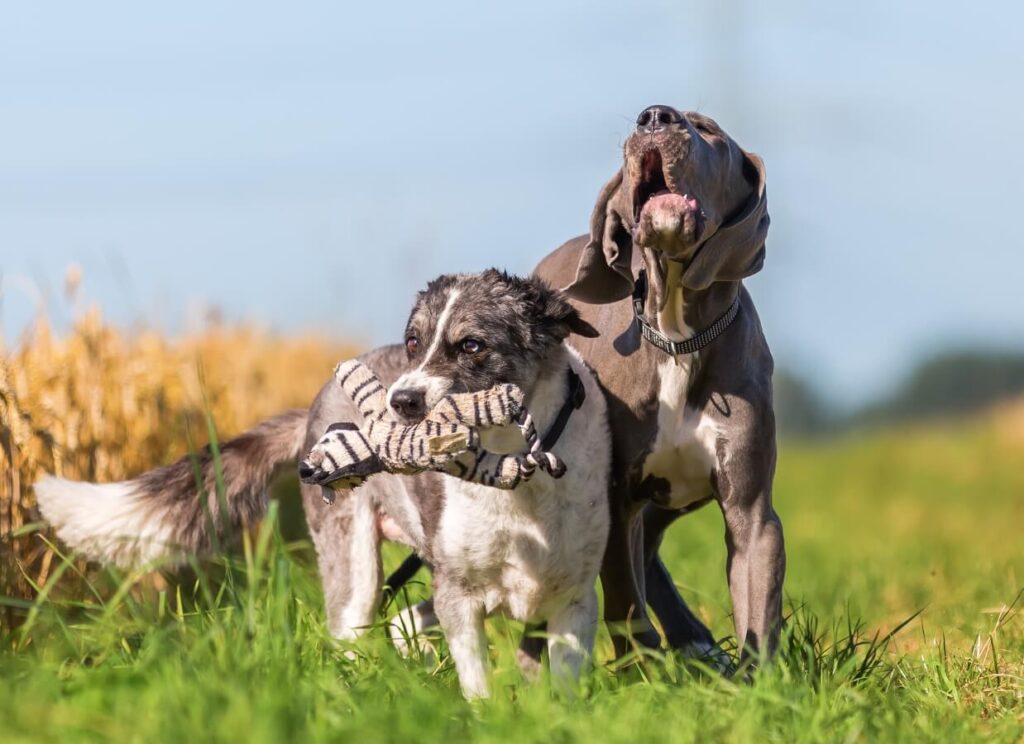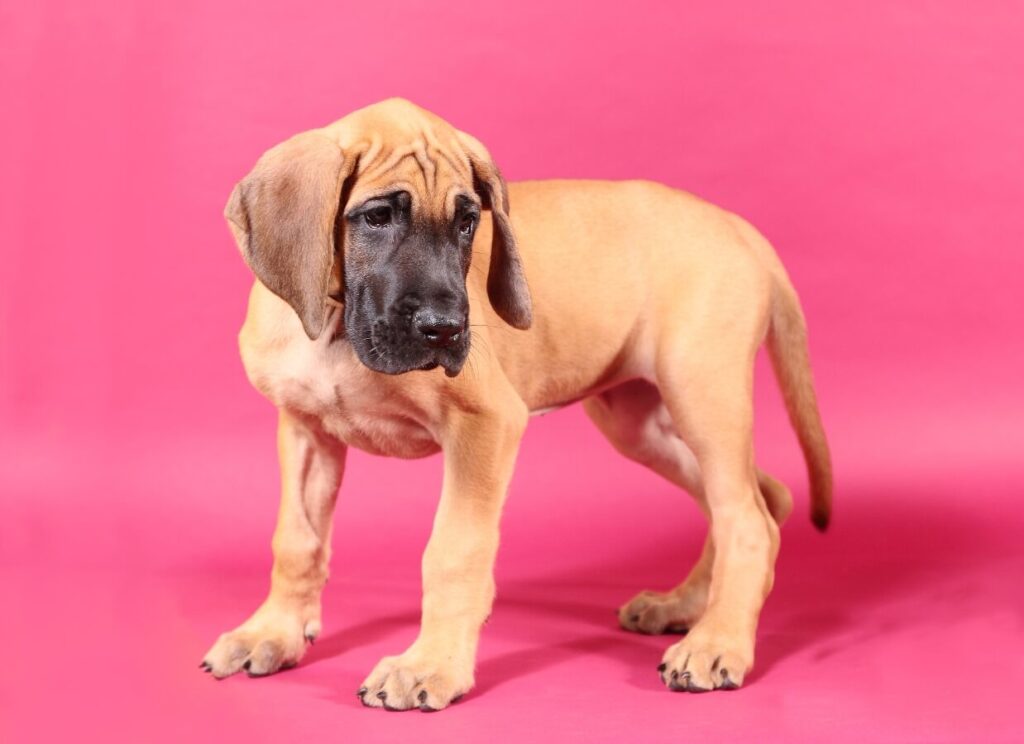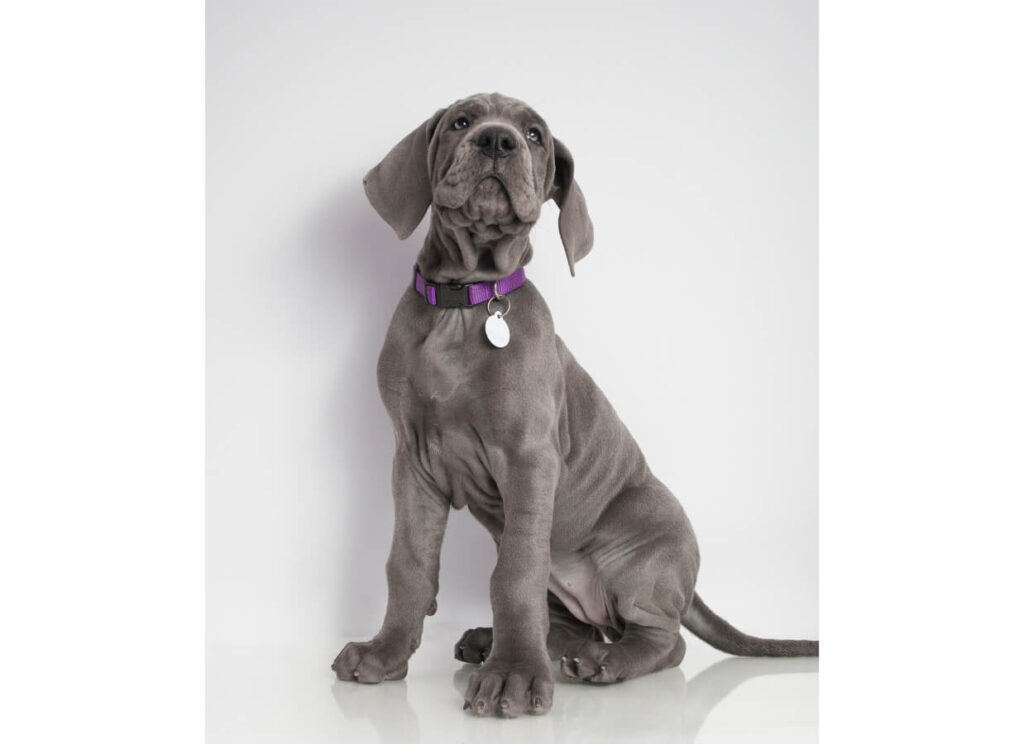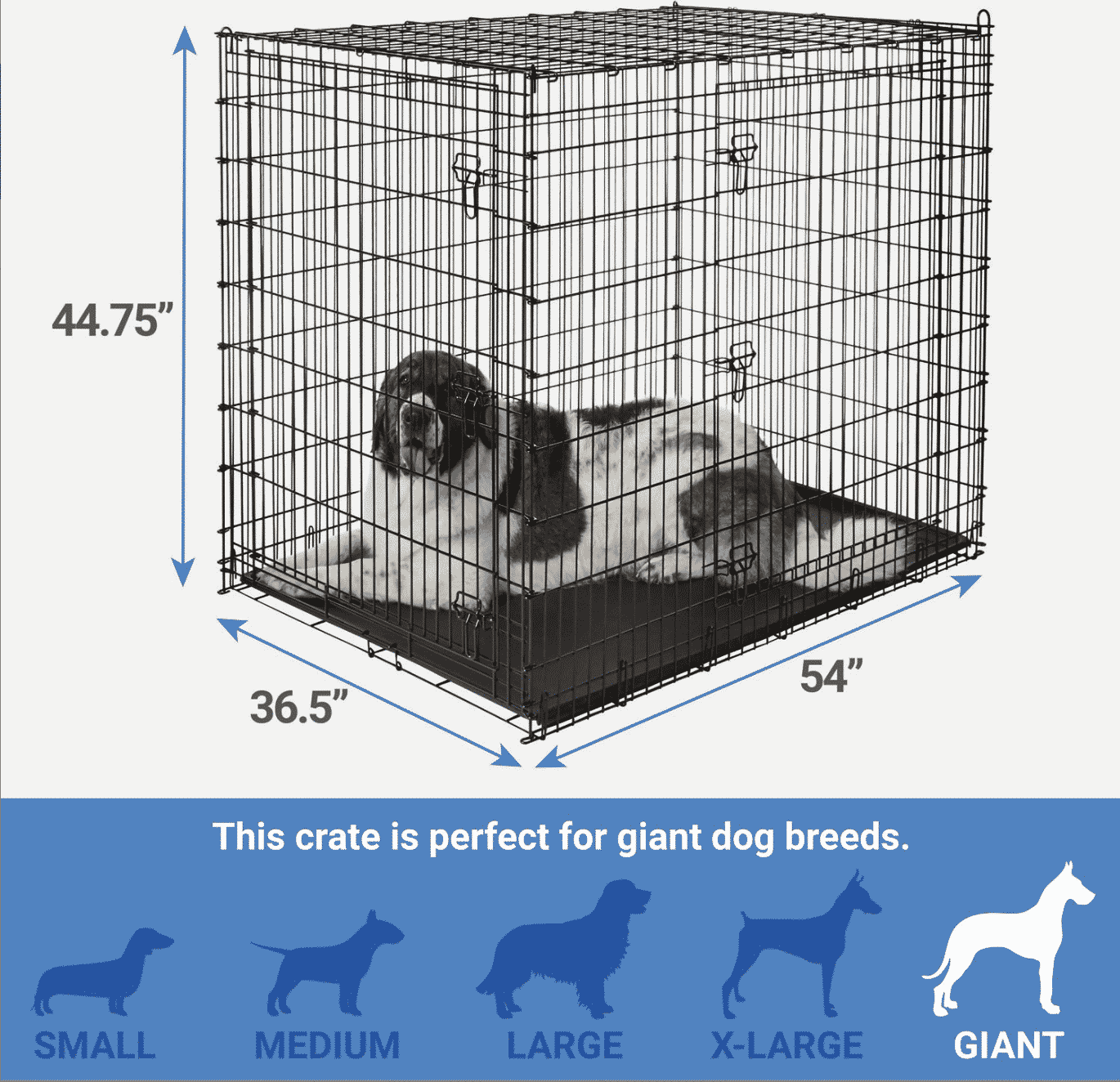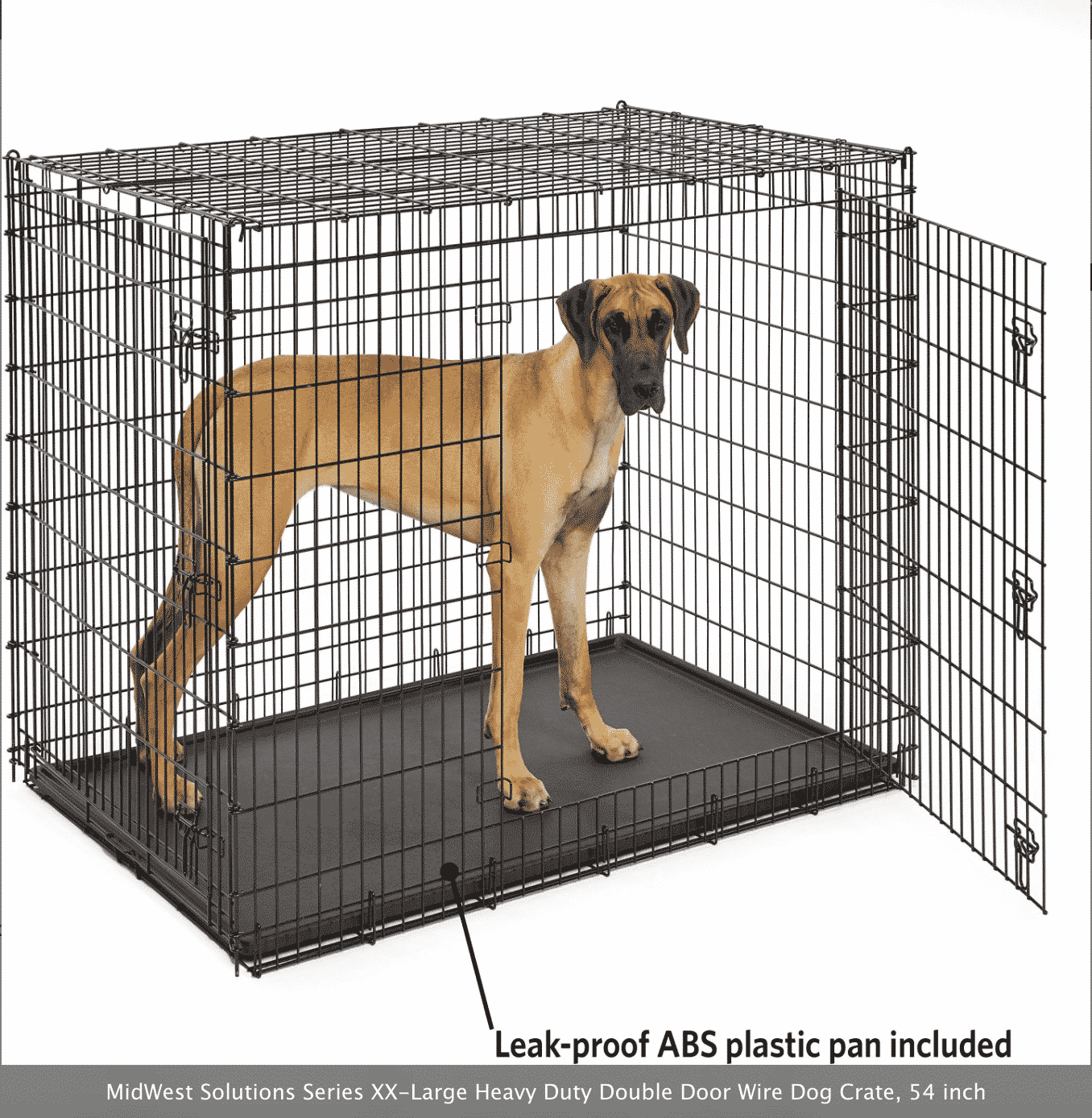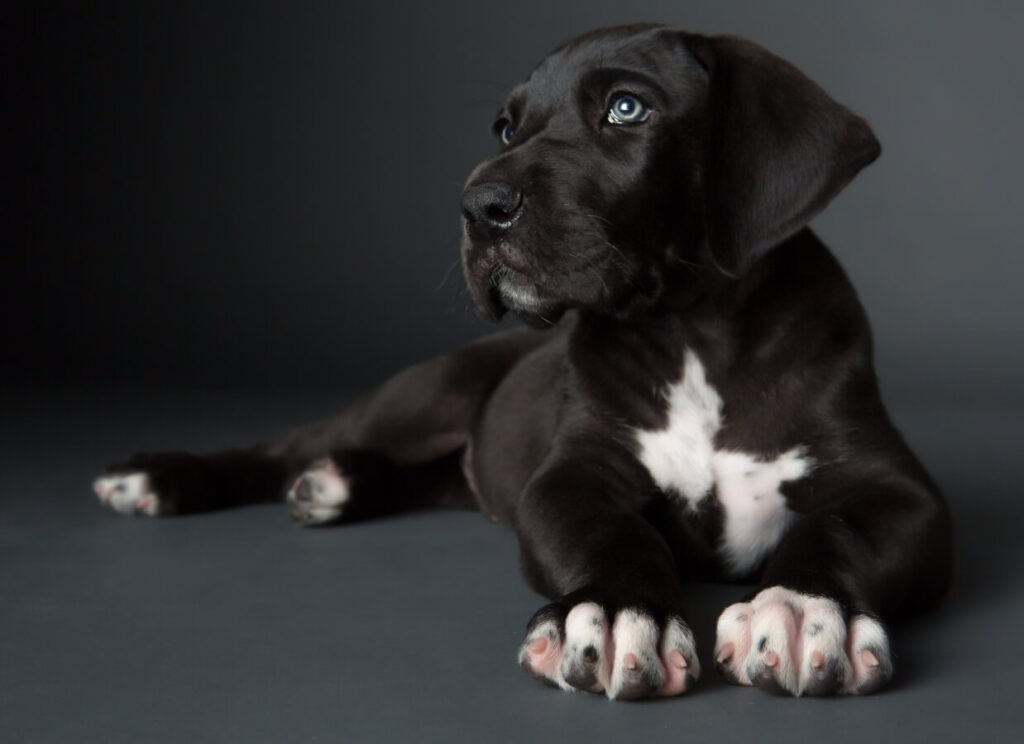There is nothing quite like coming home to a house that has been flooded with your furry friend’s urine or feces.
While owning a dog can bring immense joy, one of the less desirable behaviors they can exhibit is marking in the house. This behavior involves a dog urinating or defecating on surfaces such as furniture, carpets, walls, and even on people. It can be incredibly frustrating for owners to deal with this type of behavior; however, understanding why it occurs can help with developing strategies to control or prevent it from happening.
What Exactly is Marking and Why Do Dogs Mark??
Marking is when dogs urinate or defecate in order to establish their territory and show dominance over other animals and people. They may also do this as a sign of stress or anxiety. If your dog begins to mark inside your home, it could be because of changes in the environment such as new furniture, visitors coming over, or even other pets joining the family.
Recognizing When Your Dog is About to Mark
If you want to prevent your pup from marking their territory in the house, keep an eye out for any suspicious behavior! They may start sniffing around like a bloodhound on a search and rescue mission; or they might even give themselves away by lifting its leg up onto furniture – it’s almost as if Fido is raising his paw to swear allegiance. In this situation, distract them with something else before their naughty little paws get carried away!
How To Stop Marking Behavior
The best way to stop this behavior is by properly training your dog so that they understand what is acceptable and what isn’t while they are inside the house. Properly training them not only helps prevent marking but also helps build a bond between you and your pup over time. Additionally, providing enough mental stimulation through exercises like walks and playtime will help reduce their stress levels which can lead to marking inside the house as well!
Prevent Urine Marking Behaviors
Dealing with marking behavior from your dog inside your home can be incredibly frustrating; however, understanding why this type of behavior happens can help with developing strategies for prevention and control.
Training your pup properly will not only help ensure that they don’t mark inside but also create a strong bond between you two over time! A little bit of patience goes a long way when dealing with this issue so make sure that you take things slowly while implementing strategies aimed at preventing any future incidents!
To stop a Great Dane from marking in the house, it is important to figure out why the dog is doing it and address that underlying issue.
Male Dogs and Why They Mark Their Territory
Marking behavior in dogs is seen more commonly in male dogs than female dogs, likely due to the fact that unneutered males will mark their territory as part of reproductive behaviors. Spaying or neutering your pet can significantly reduce marking behavior in the home. In addition to being associated with reproductive behaviors, marking may also occur due to boredom, anxiety, excitement or attention-seeking behaviors.
Male dogs also have an instinctive need to mark their territory with urine, which is why it’s important to thoroughly clean any areas in your home that they have marked. Cleaning the area with a solution of 1-part vinegar and 3-parts water will help reduce the odor and discourage future marking in that spot.
Female Dogs and Dog Marking
Female dogs can also mark their territory, although it is less common than males. Female dogs may mark if they feel threatened by another animal, if they are in heat or as a way to communicate with other dogs. If your dog is marking inside the house, it’s important to figure out what is causing the behavior and address that first before attempting any other form of intervention.
Taking them for walks, playing with them or giving them interactive toys can help keep their minds busy so they are less likely to engage in any negative behaviors such as marking inside the house!
One: Separation Anxiety and Dog’s Urine Marking
Anxiety can also be a cause behind why dogs might mark inside their home environment. If a pet is feeling anxious or stressed about something then they may attempt to communicate this by leaving their scent around the house either through urine or feces deposits.
To reduce anxiety, you should try to identify what is causing them distress such as being left alone for long periods of time without human companionship or contact from other animals and work on addressing those underlying issues through positive reinforcement training methods.
- 11 Ways to Calm Dog Anxiety in Car Rides
- How to Make a Great Dane Live Longer
- Why Is Your Dog Licking Lips and Swallowing?
- 10 Stress Signals in Dogs: Your Dog is Begging You to Listen
Urine Marking Can Happen When a Dog May Feel Threatened
A dog’s anxiety can certainly trigger urine marking. But, it may not always be typical ‘urine marking’.
A dog’s anxiety can also trigger a behavior known as ‘status marking’. This is when a dog is feeling threatened or intimidated by another animal, and they mark their territory in order to claim it.
Loud noises, other dogs, a new pet in the home, new objects, physical contact from a stranger, new smells, any changes in a dog’s environment or a new territory might make dogs begin to urine mark out of fear or nerves.
If you can associate the the time your dog began urine marking with something new in their life, it may be from your dogs experience and might be related to their nerves. In this case, behavior modification can help the dog marking come to an end.
- Signs of Stress in Dogs: How to Help An Anxious Dog
- Are Great Danes Scared of Everything?
- Dog Tail In Between Legs: Is Your Dog In Pain, Scared or Fearful?
Two: Excitement and Urine Marking Behavior
Excitement is another possible reason why some pets might mark indoors; after all, when we’re excited we sometimes do things outside our normal range of behavior too!
Try providing positive reinforcement whenever your pet exhibits desirable behavior so that they learn that good things come from behaving properly instead of engaging in inappropriate activities like marking inside the home environment.
Crate training is an excellent way to cut the dog marking when it is related to excitement. Most dogs do not mean to create more work for their humans. But, in order to reduce urine marking, one can crate their dogs at high stimulation moments like dinner time, or if you know that someone is about to ring the doorbell.
Three: Frequent Urination and Dog Behavior Problems
Finally, some dogs might begin urine marking as a way of seeking attention or simply as a form of a behavior issue that needs corrected.
Attention-seeking behaviors could be another factor influencing why your dog may be marking inside your home; it’s not uncommon for pets who feel neglected to act out in ways that get them noticed so try giving them plenty of love and affection throughout the day if you notice that they’re beginning to display these sorts of behaviors more frequently than usual.
Urine marking could be a sign into a deeper problem such as insecurity, lack of training or not being given the proper attention and care that dogs need.
For example, if you notice your dog urine marking every day around the same time, it is possible that they are in need of mental stimulation during that time of day that their schedule is lacking.
- Excited Puppy Peeing – What to do when your Great Dane Pees!
- How Do I Stop a Great Dane from Marking
Four: Medical Causes of Urine Marking
It is possible that your dog marks due to a medical issue. Many dogs will urine mark their entire lives, but if you notice your dog begin urine marking out of the blue, that could be an indication of an underlying medical issue.
In this case, it is important to take them to the veterinarian for a check-up as soon as possible. A diagnosis could reveal an infection or other health concern that needs treatment before the urine marking behavior can stop.
Urinary Tract Infection
Probably the most common of all medical issues that cause a dog to mark territory or creates mall soiled areas in the house is a urinary tract infection.
A UTI happens when bacteria is able to enter the urinary tract and cause an infection. A UTI can cause your pet to start urinating frequently in small amounts, or even with no warning at all, leading them to leave puddles around the house.
Other signs of a UTI may include increased licking of their genital area, pain when urinating, and even signs of blood in your dog’s urine.
As UTI’s can be extremely painful, be sure to take your dog to the veterinarian to check their urine for bacteria and get antibiotics that can clear this up.
Five: Reproductive Status and Why Dogs Dogs Mark
Sometimes people will report that their dog will start marking at different times of sexual maturity.
There are certainly hormonal influences on a dog that cause them to urine mark, and spay or neutering your pet may be able to help reduce the problem. However, keep in mind that there are an abundance of evidence that spay can create premature incontinence in female dogs, so this applies mostly to you if you have a male dog.
On top of that, it is important to keep in mind that intact males are more likely to engage in this behavior than neutered male dogs, as well as intact female dogs compared to spayed female pets.
Spay and Neuter
Lastly, it is crucial that you allow your large breed, growing dog to reach sexual maturity (24 months) as neutering your dog prematurely can cause various health issues.
- Great Dane Arthritis: 8 Easy and Fast Remedies
- Bloat in Great Danes Research & the Resting After Meals Myth
Therefore, if you find your pet urine marking only at certain times, such as when they reach sexual maturity or when a female is in heat, it could be an indication that their reproductive status is playing a role in this behavior.
However, regardless of the cause of the urine marking behavior, it is important to look at all angles to see whether you should or should not get your dog spayed or neutered.
Six: Submissive Urination
A dog who is extremely submissive might portray ‘submissive urination’.
Dog Tail In Between Legs: Is Your Dog In Pain, Scared or Fearful?
This dog will display submissive postures, such as lowering their head, averting eye contact, wagging their tail with the tip tucked between their legs, and even urinating when being scolded or approached.
Dogs Ears Back: What It Means and What to Do
Dogs who display this behavior are trying to show you that they do not mean any harm and will usually be found in a very timid dog or young puppy. If you find that your pet is eliminating out of fear or anxiety, then it might be a good idea to get them professional help from an animal behaviorist.
Solutions to Cut the Urine Marking Altogether
If you are fed up with urine all over your home, you are not alone. There are a few small tweaks you can do to help your dog find success with this issue.
Belly Bands
Belly Bands are a great way to help manage male dogs who are marking in the house.
Belly bands are a type of “diaper” for your dog, which will catch any urine that is excreted when they have an accident. With just a couple of weeks of consistently wearing one and getting praised for keeping it dry, many owners have seen a marked decrease in urine marking.
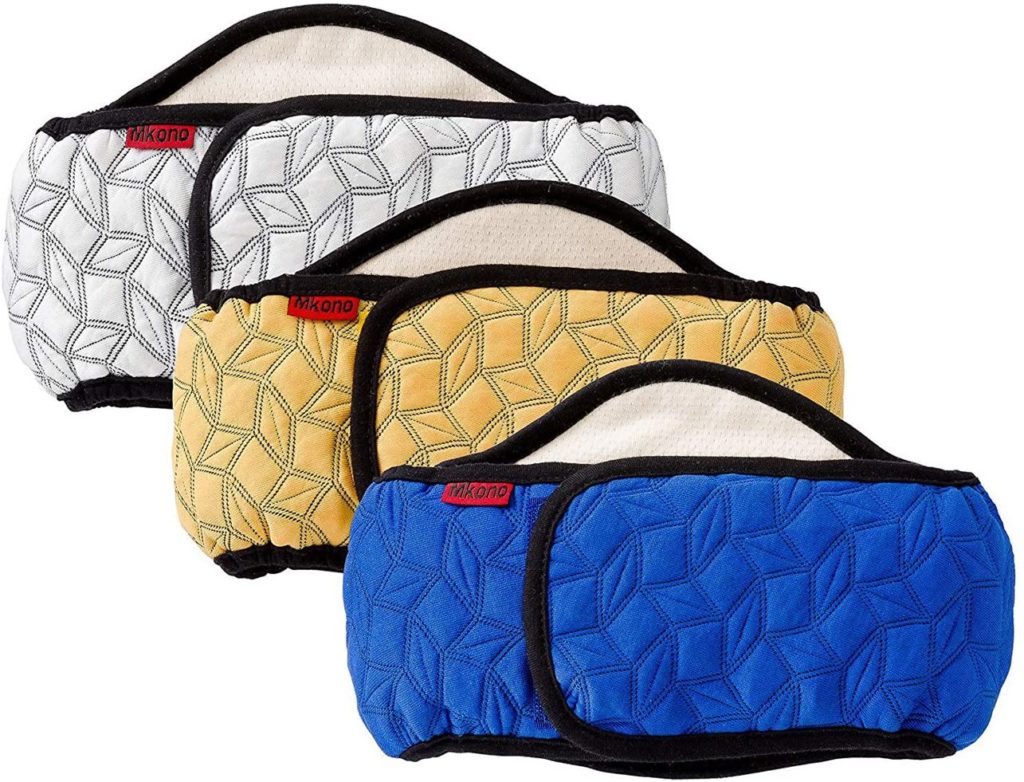
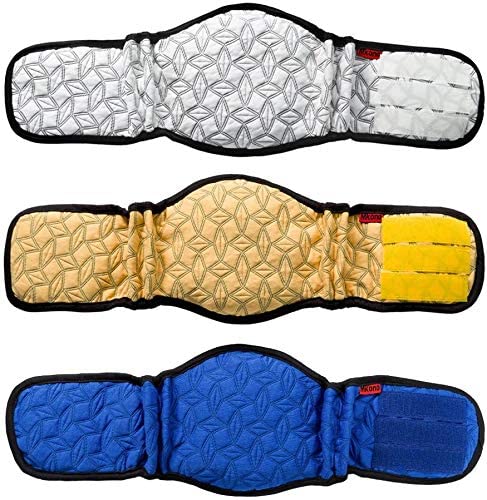
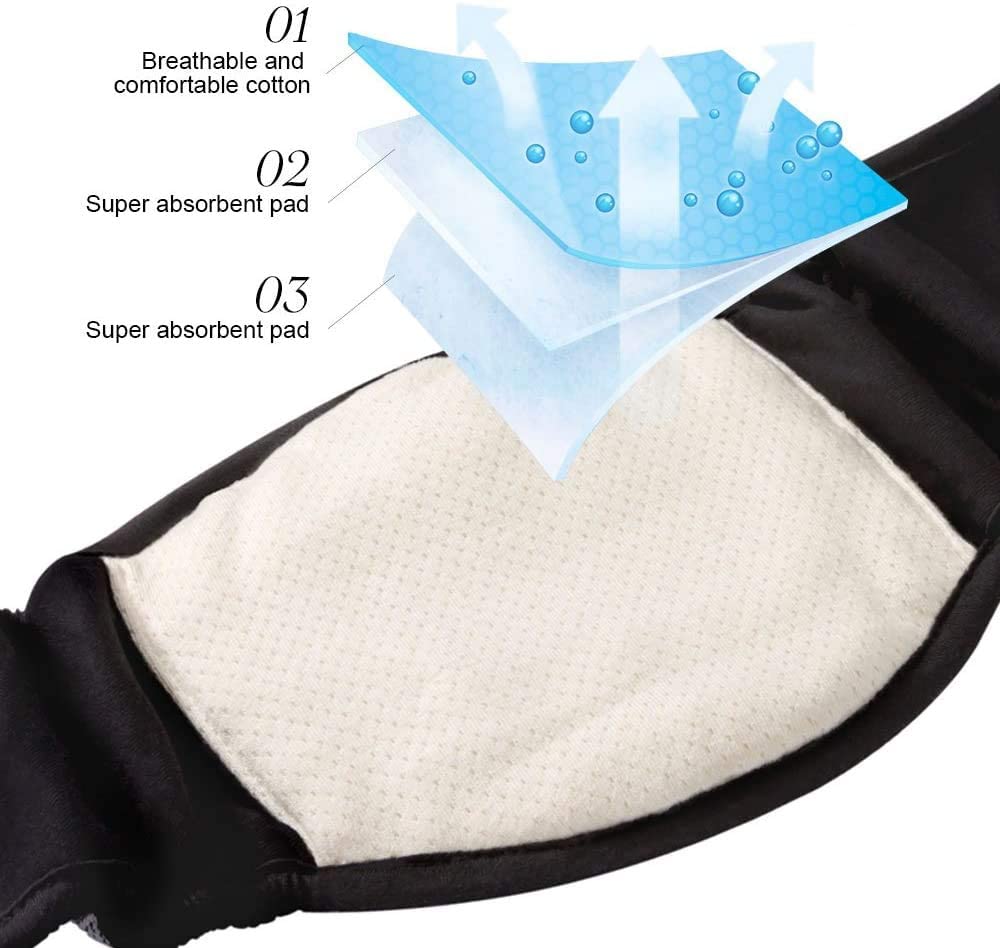
Dog Diapers
For female dogs, dog diapers are the way to go rather than a belly band. Dog diapers are specifically designed to fit female dogs, and they will make sure that your pet is not getting her fur wet and soiled.
By providing the same consistency of praising them when they keep it dry, you can help reduce urine marking in your female dog as well.
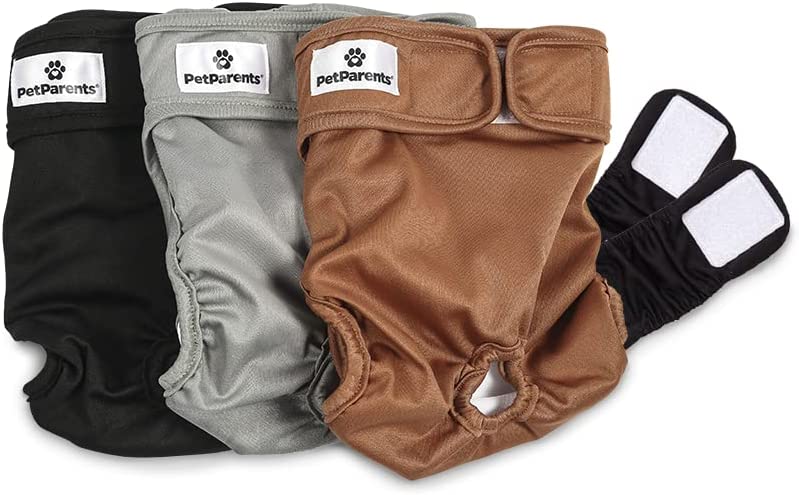
Dog Diapers – Shop Here
Consistency
Probably the most important thing to remember when it comes to curbing urine marking in your home is consistency.
No matter which option you go with, the key is to be consistent with praising them for keeping their area dry and not allowing any accidents.
This will help your pet associate positive reinforcement with being clean, and can lead to less messes.
- E Collar with Puppy Training: 9 Exciting Reasons You Should Use an E Collar With Your Puppy
- Potty Training a Puppy in an Apartment: 9 Steps to a Solid Potty Schedule
- 12 Fool Proof and Fast Great Dane Potty Training Tips
Clean Up your Dog’s Messes
Cleaning up your pet’s messes immediately is also important. If you clean it up before they have a chance to sniff it, they are less likely to return to the same area when they need to use the restroom or mark their territory.
Conclusion
In conclusion, there are many potential causes behind why dogs might mark indoors but understanding what triggers these undesirable behaviors can help us come up with effective strategies for preventing and controlling this type of response in our furry family members.
Providing adequate physical exercise opportunities along with mental stimulation activities such as interactive toys will go a long way towards helping keep your pet healthy both physically and mentally while also improving their overall behavior at home and in public settings; additionally paying attention to signs of distress whether it’s due to loneliness or anxiety can help stop any further unwanted actions before they occur within your household environment!
Read More:
